
NOVA Presents
GBHEver wonder what's really going on in the world of science? We've got you covered. Join us for conversations with the researchers making tomorrow's breakthroughs, deep dives into the universe's biggest mysteries, and clear explanations of the discoveries that matter most. We're talking climate breakthroughs, space mysteries, AI developments, and quantum leaps, all explained by the people doing the work.
Whether you're curious about breaking headlines, fascinated by black holes and alien worlds, or ready for mind-bending conversations with brilliant scientists, NOVA Presents delivers four incredible series that make complex science feel like chatting with your smartest friend. For over 50 years, NOVA has been your trusted guide to understanding the world, now we're bringing that same curiosity and clarity straight to your ears. Come explore with us.
Discover more NOVA content and subscribe to our YouTube channel.
Ever wonder what's really going on in the world of science? We've got you covered. Join us for conversations with the researchers making tomorrow's breakthroughs, deep dives into the universe's biggest mysteries, and clear explanations of the discoveries that matter most. We're talking climate breakthroughs, space mysteries, AI developments, and quantum leaps, all explained by the people doing the work.
Whether you're curious about breaking headlines, fascinated by black holes and alien worlds, or ready for mind-bending conversations with brilliant scientists, NOVA Presents delivers four incredible series that make complex science feel like chatting with your smartest friend. For over 50 years, NOVA has been your trusted guide to understanding the world, now we're bringing that same curiosity and clarity straight to your ears. Come explore with us.
Discover more NOVA content and subscribe to our YouTube channel.
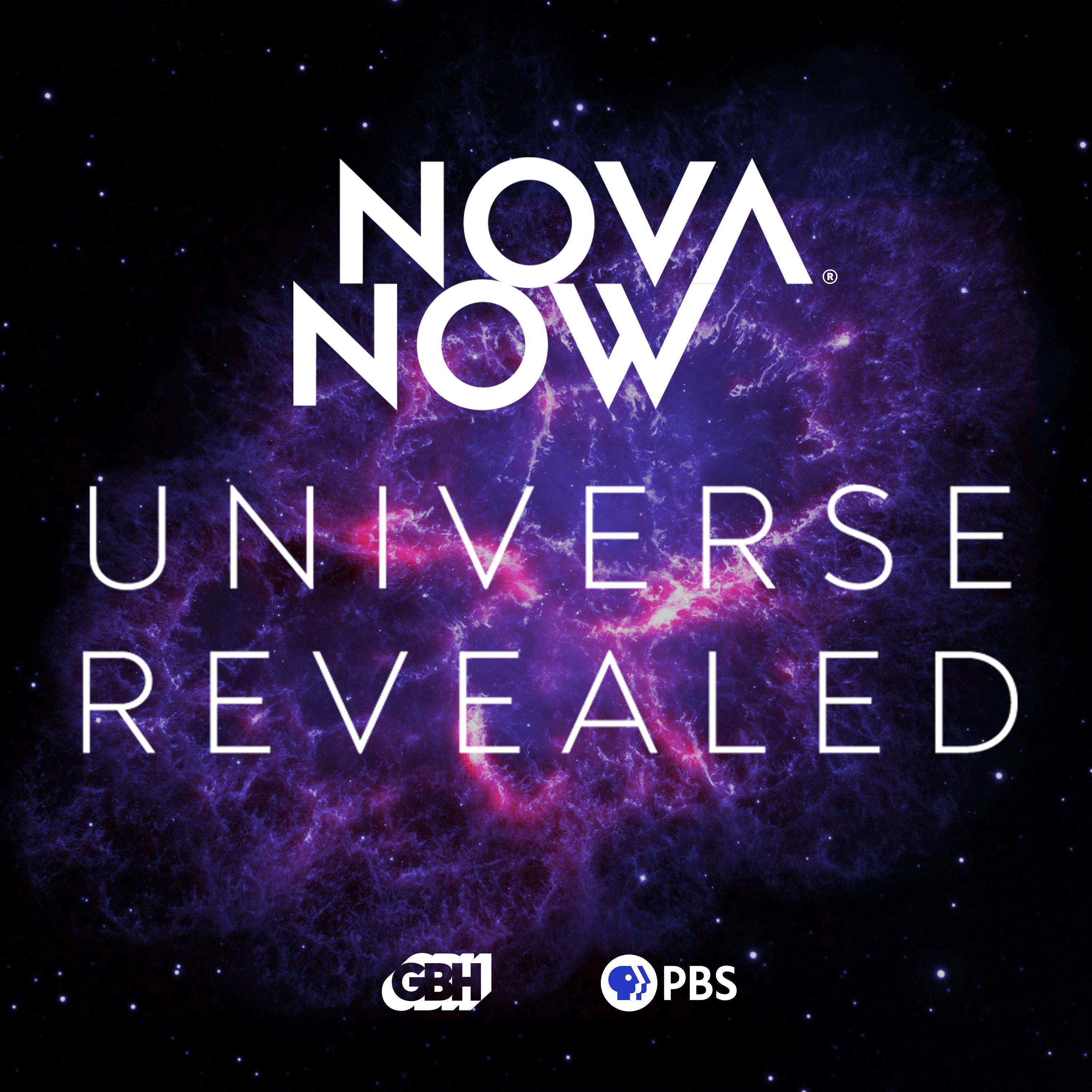
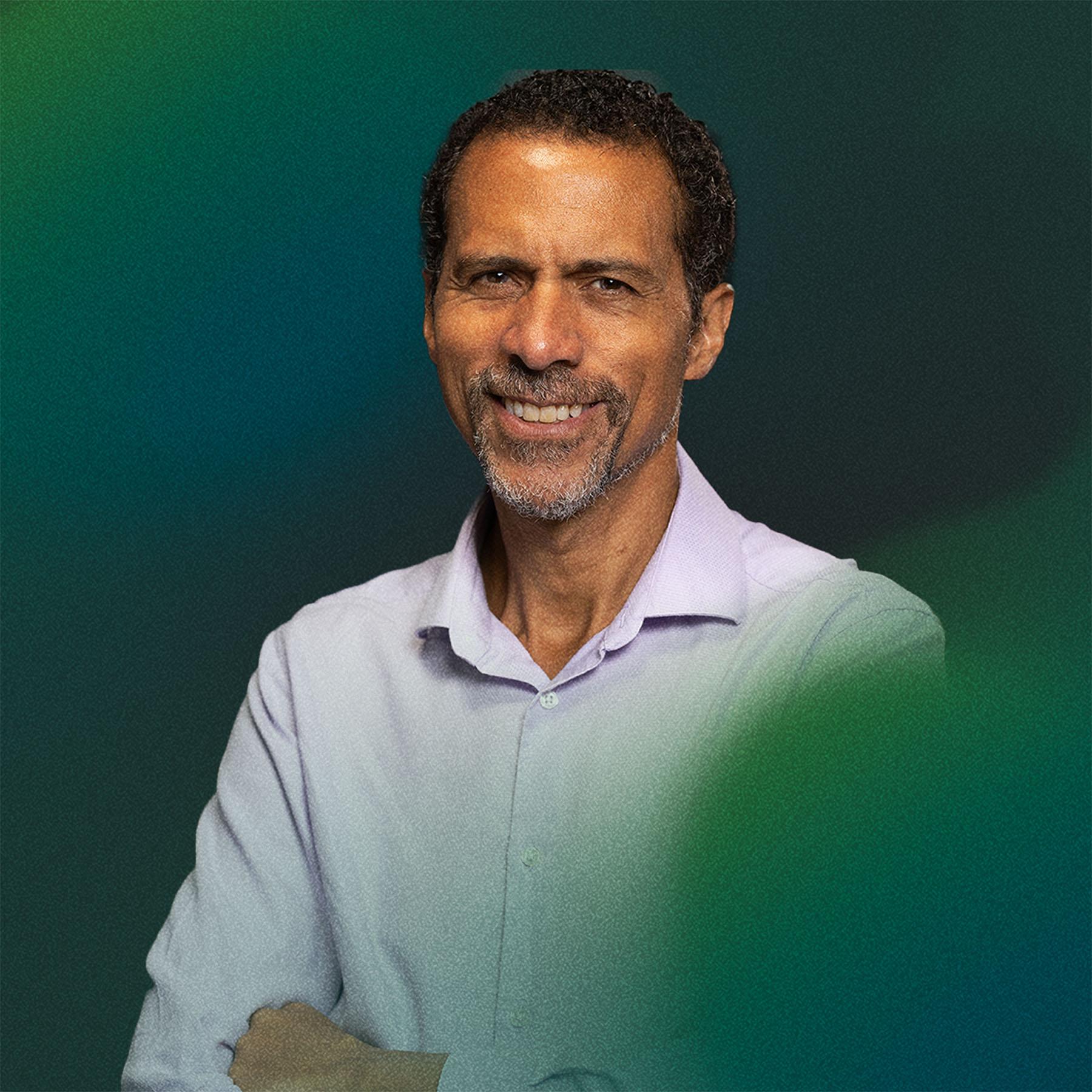
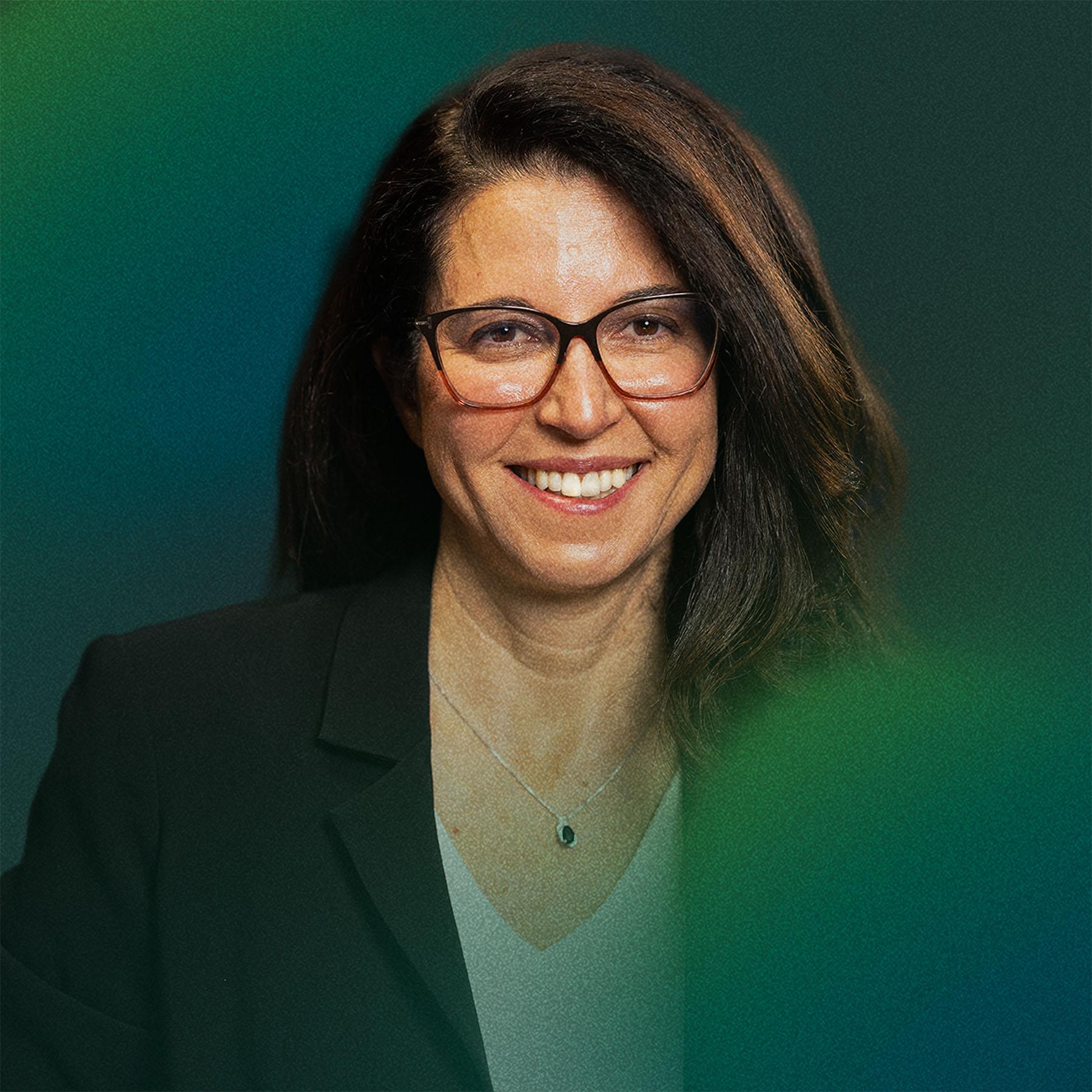
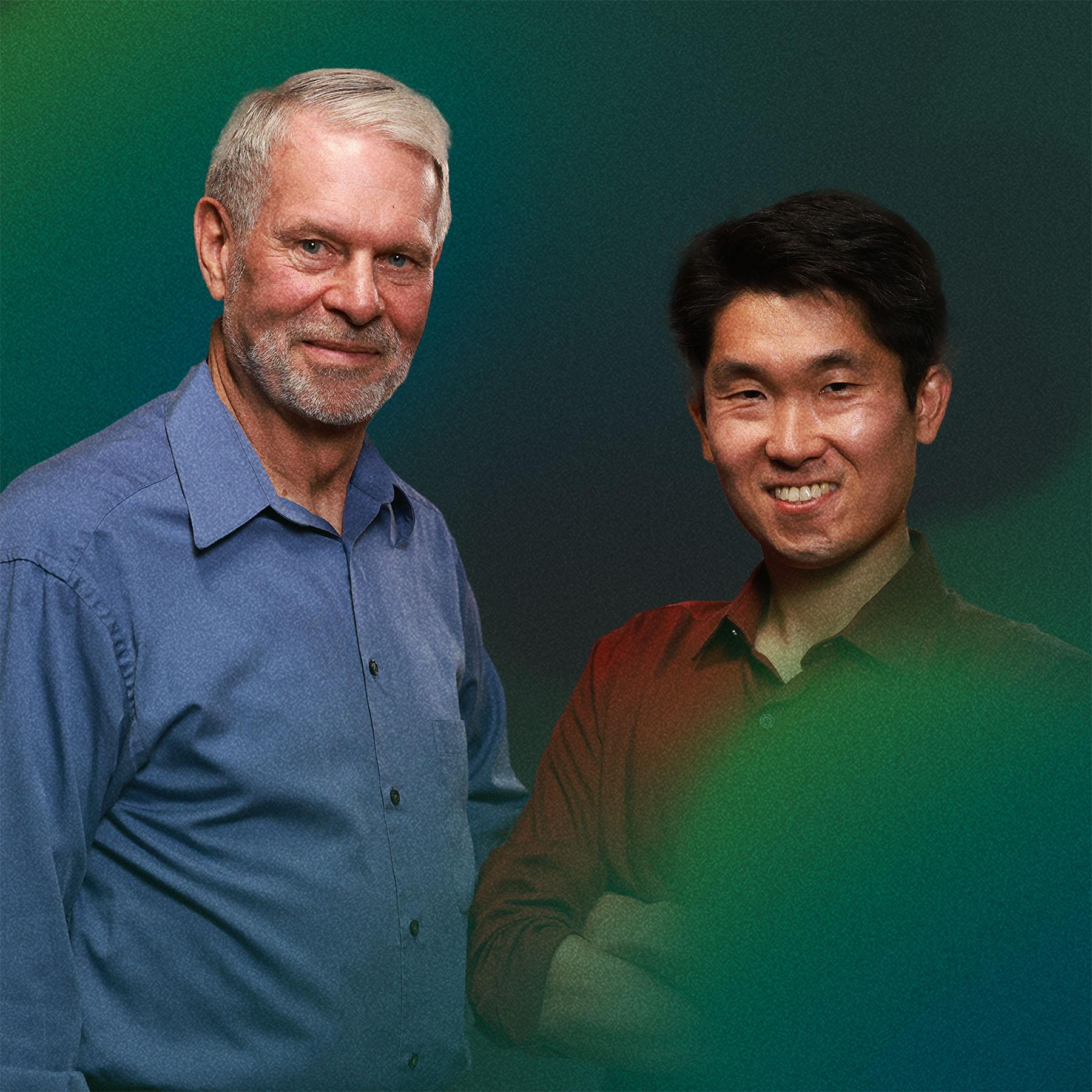
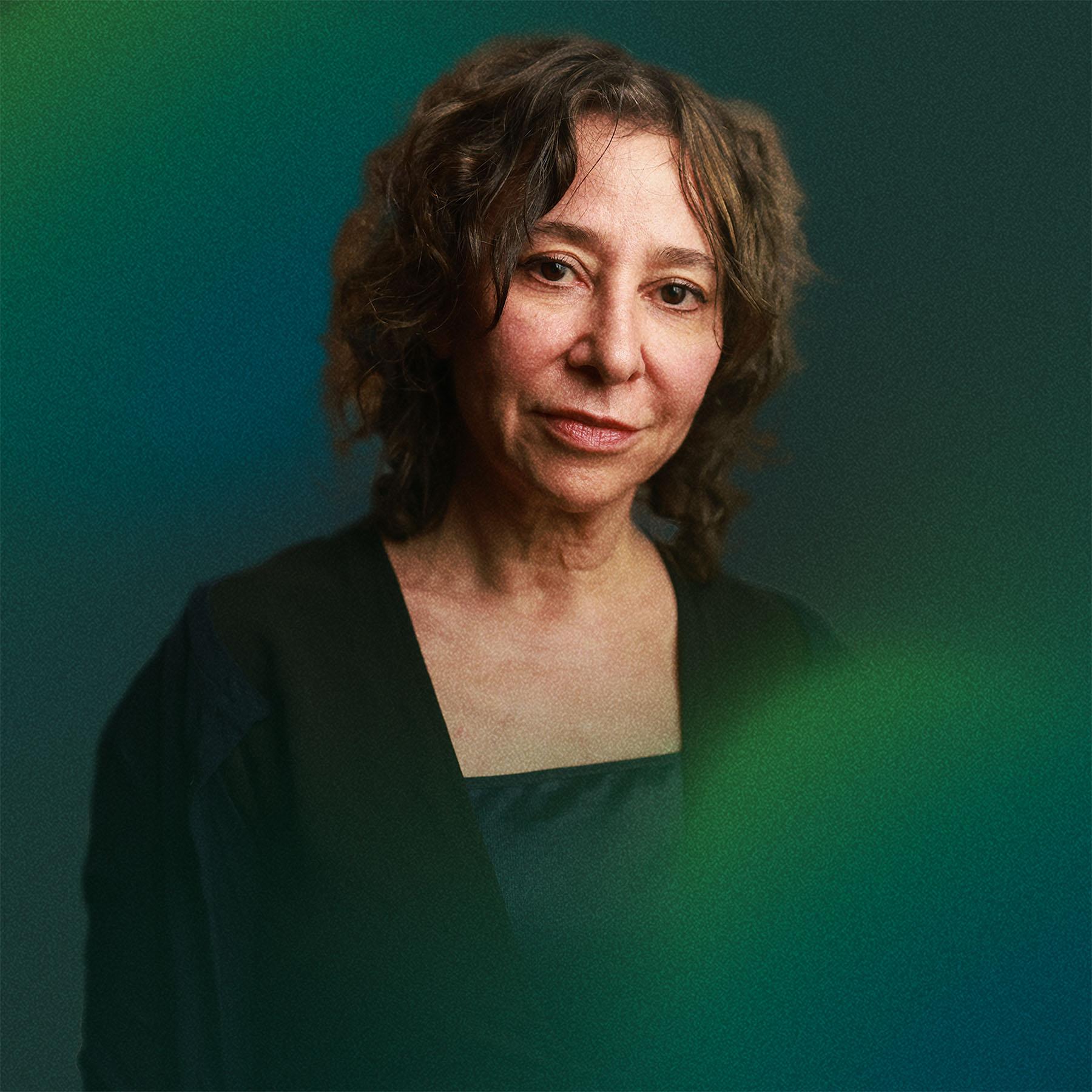
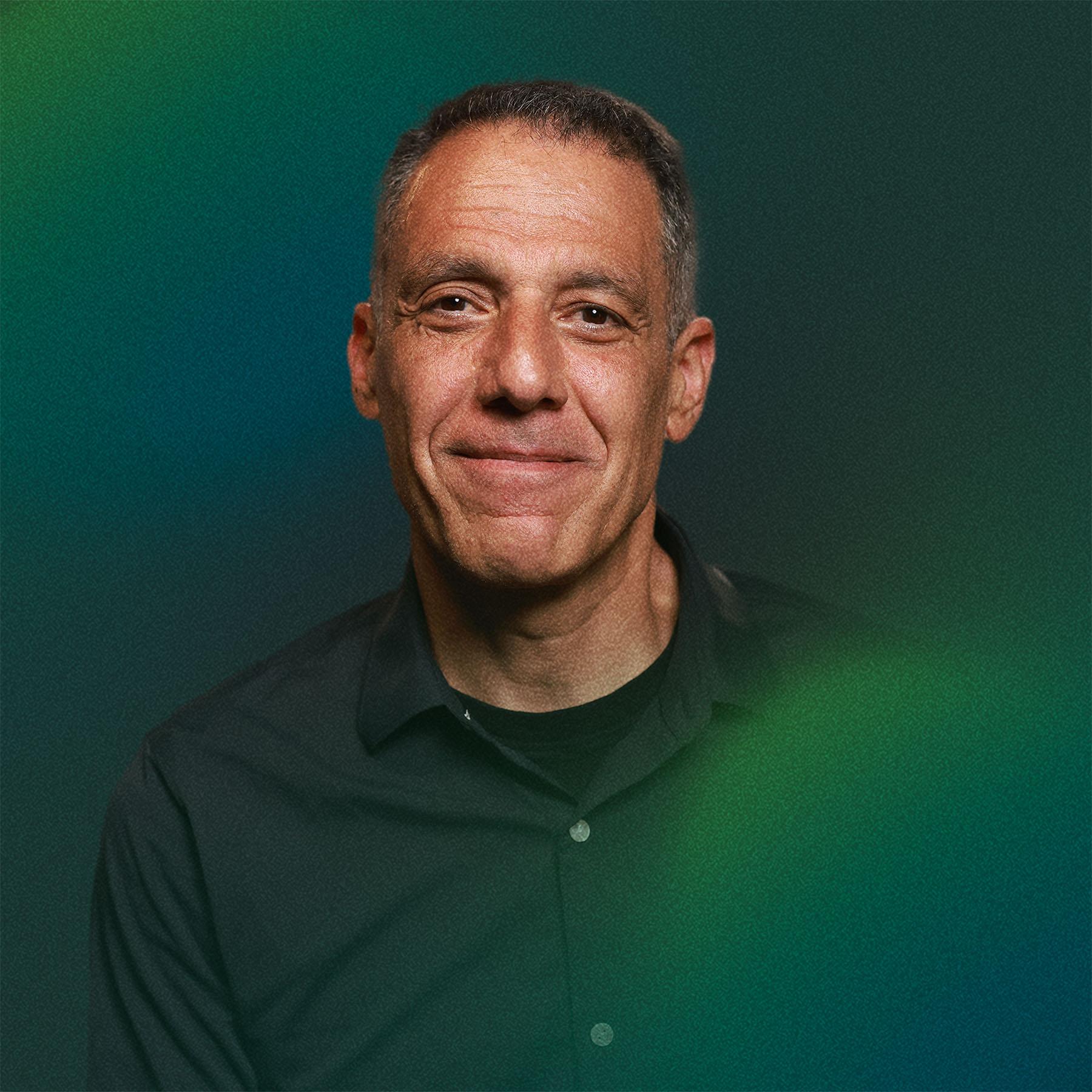
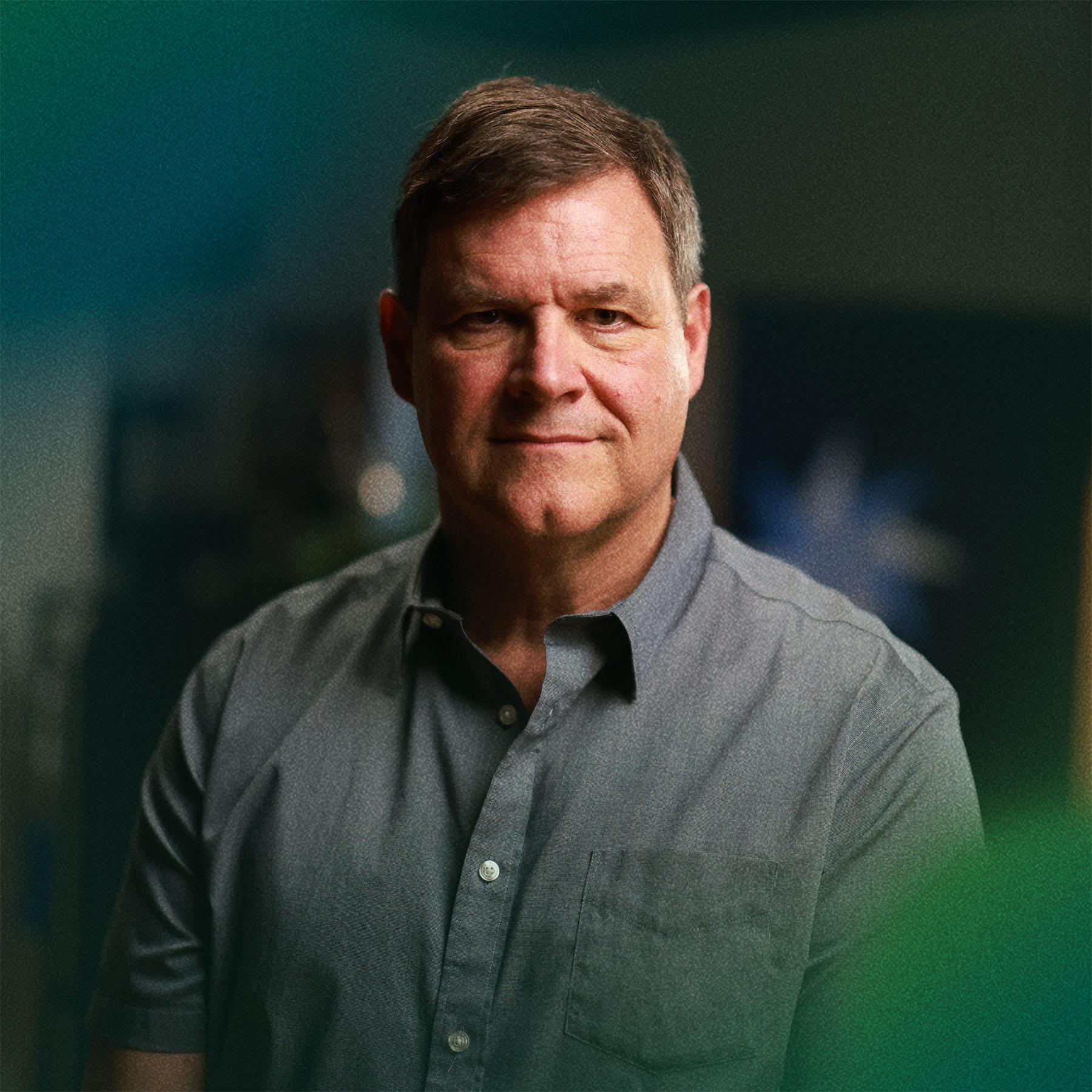
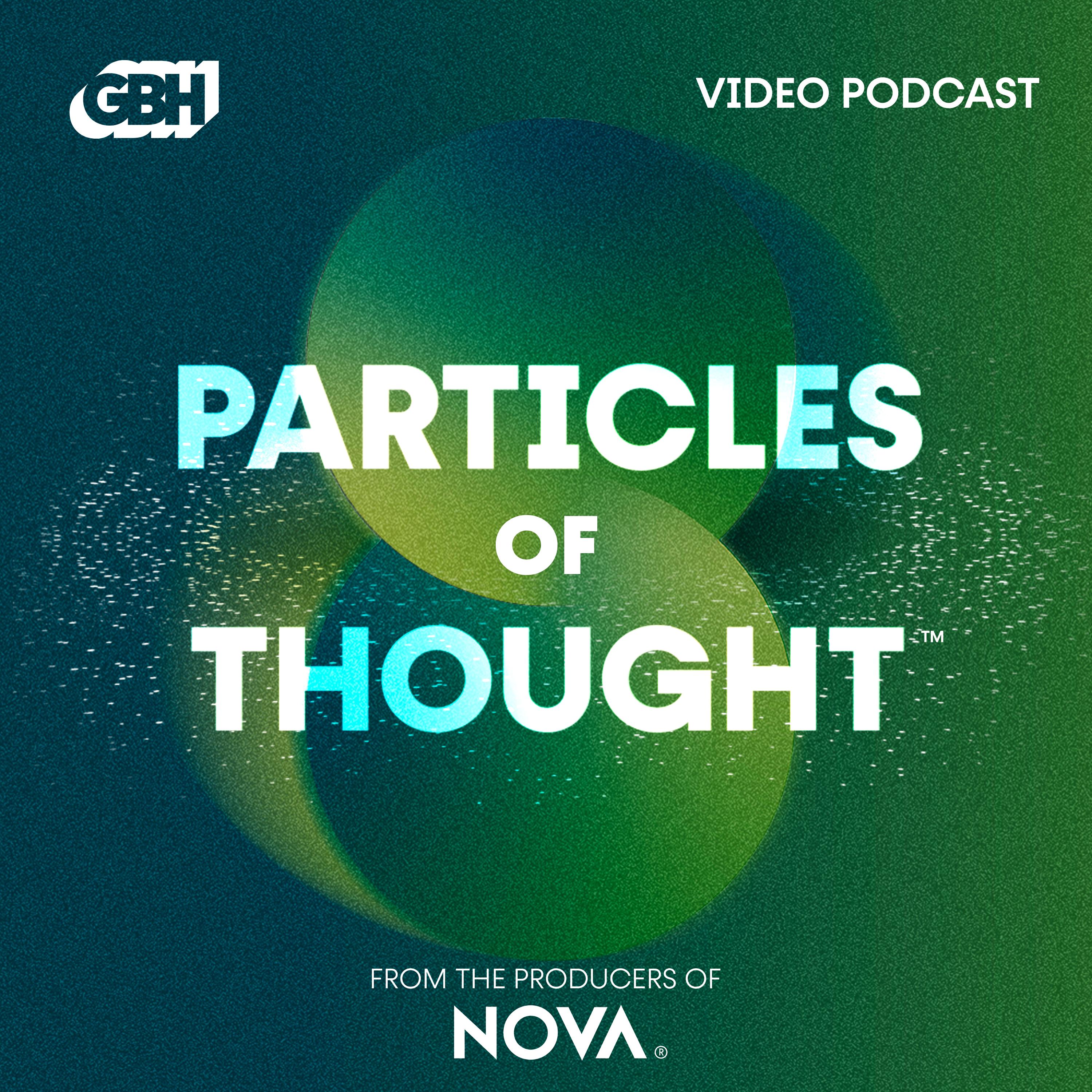

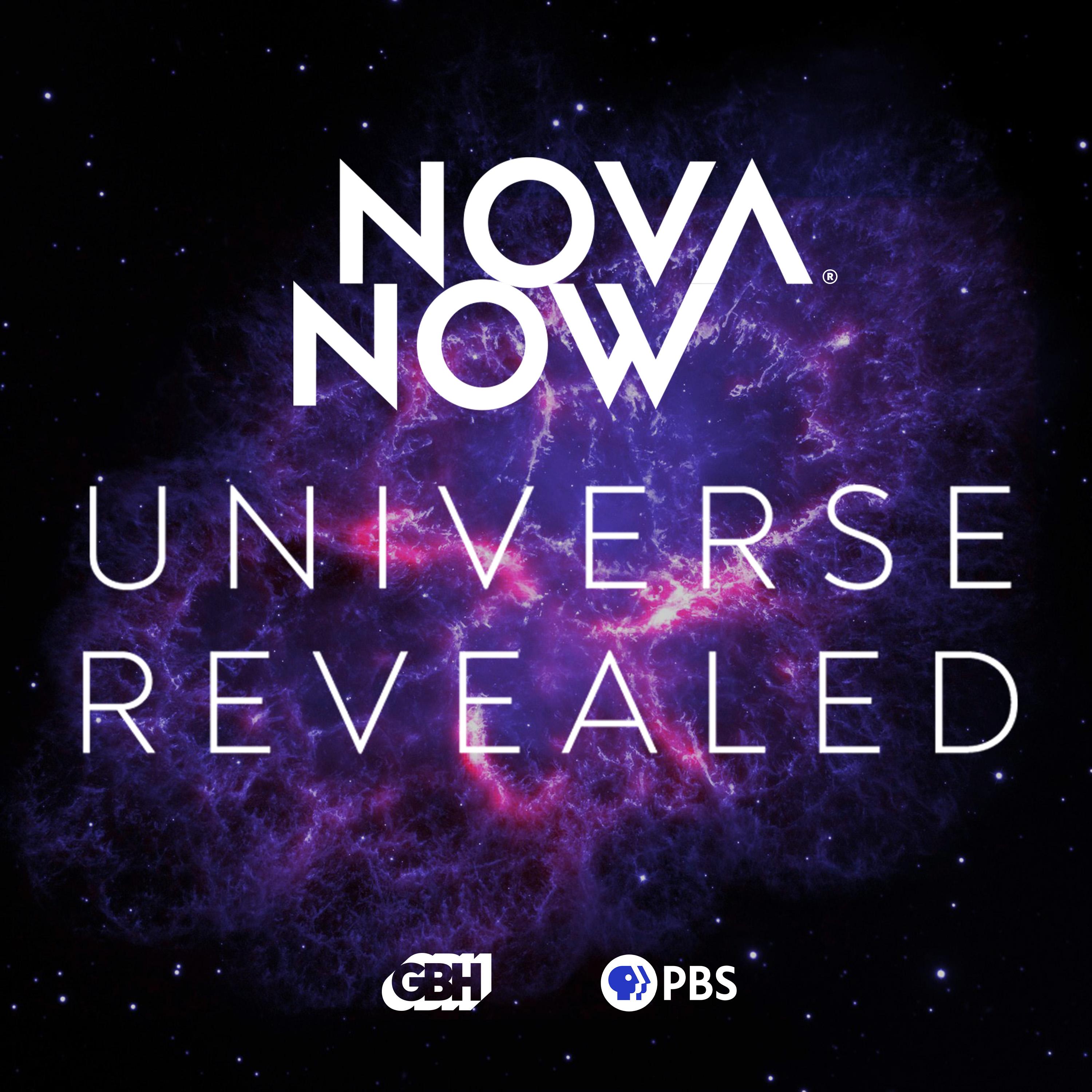
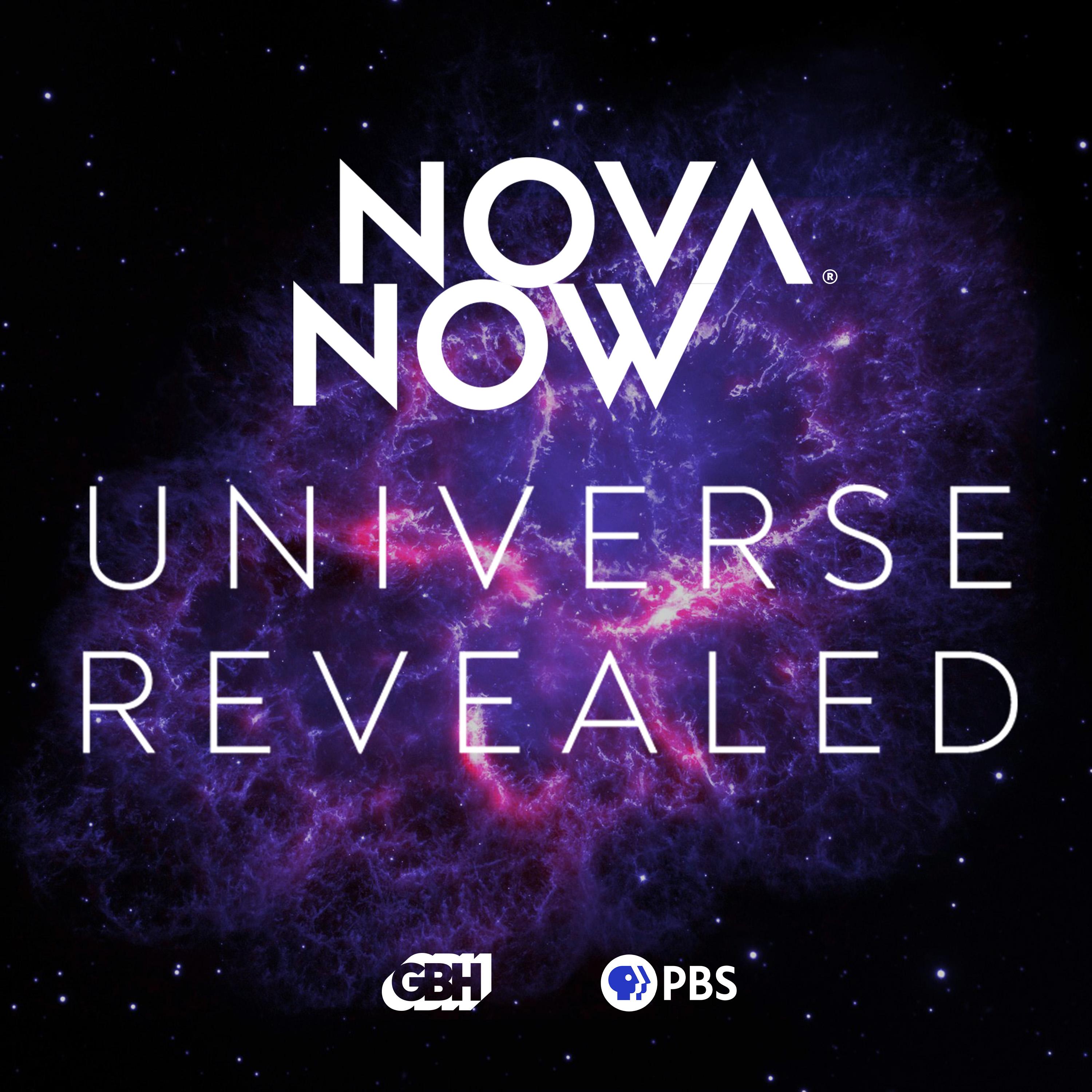
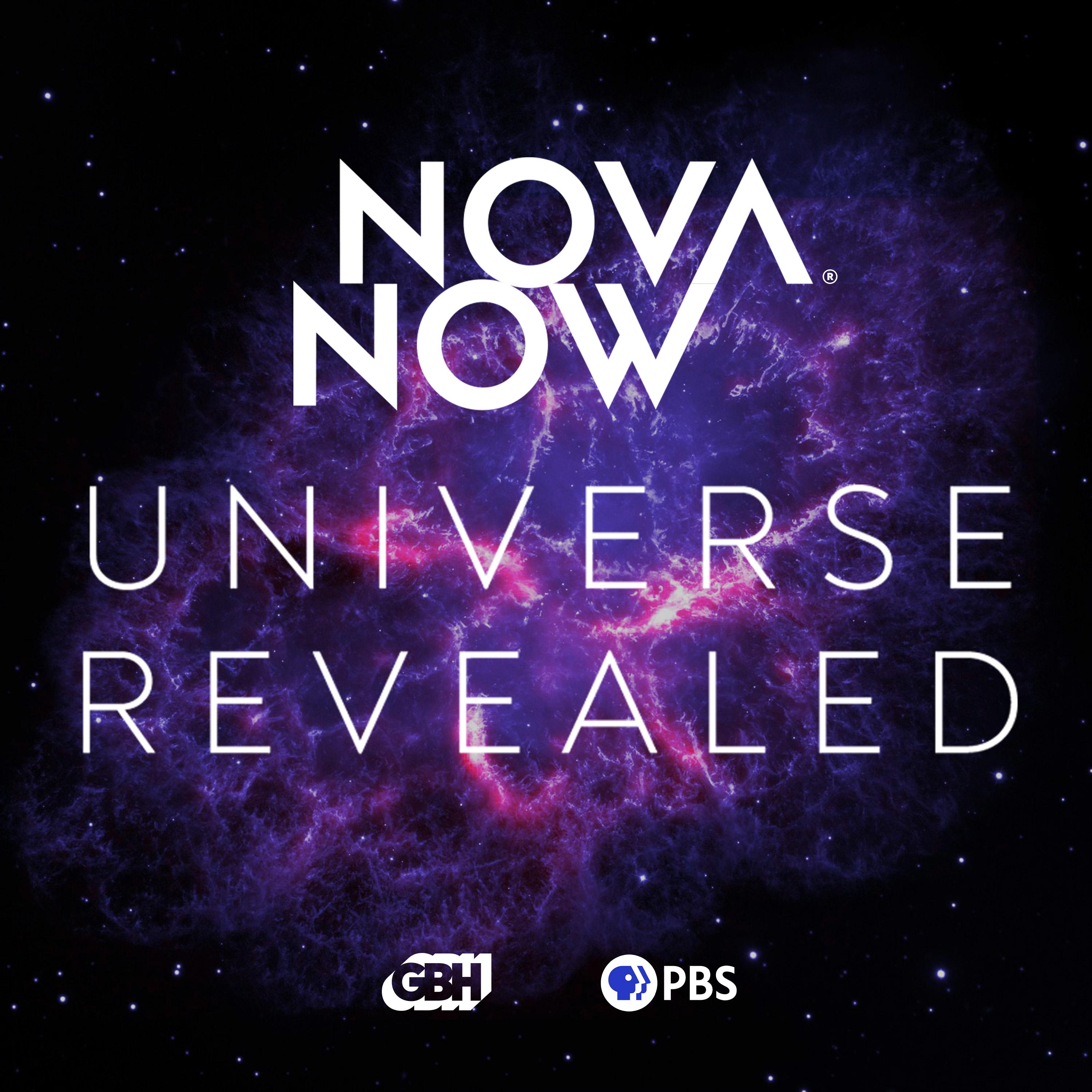
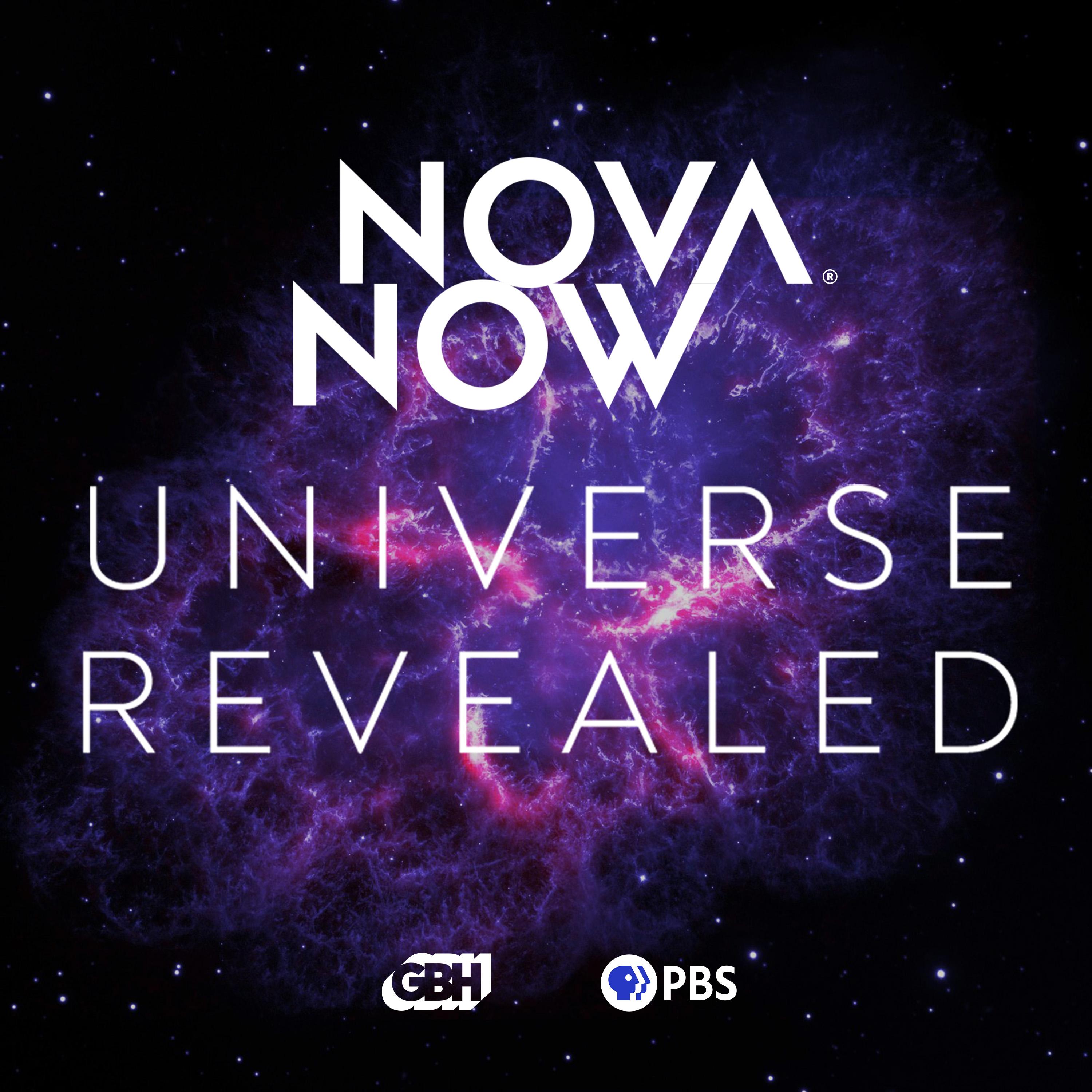
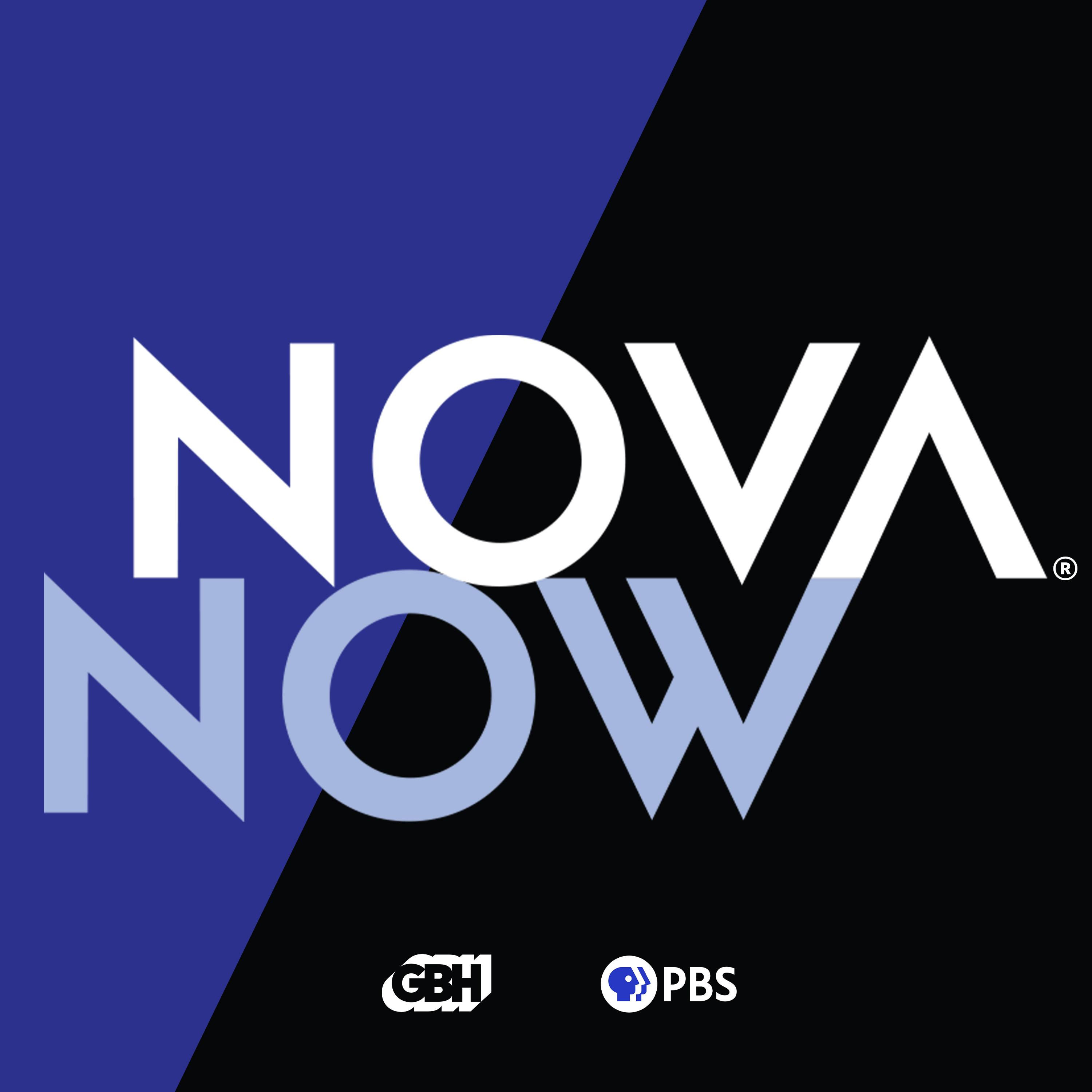
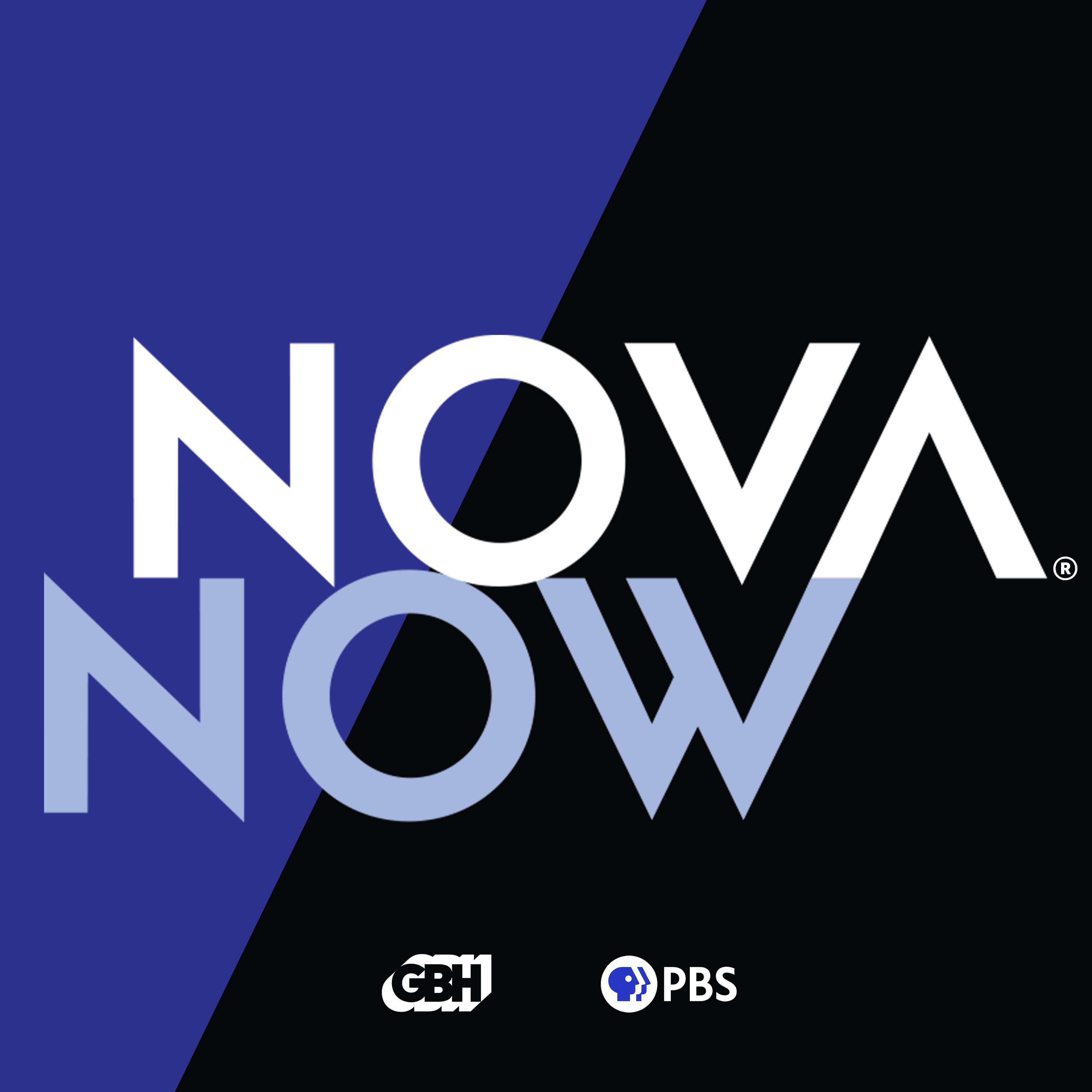
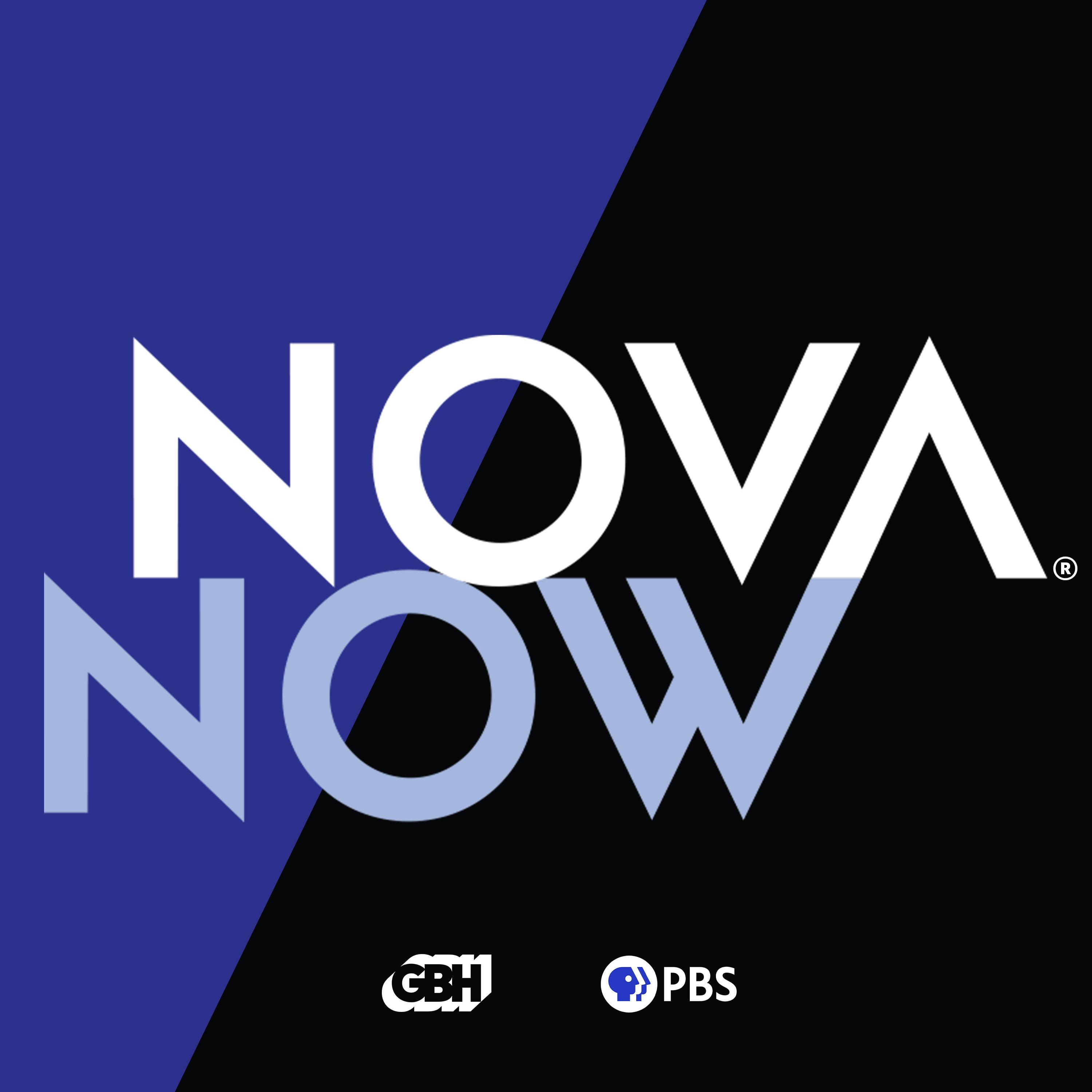
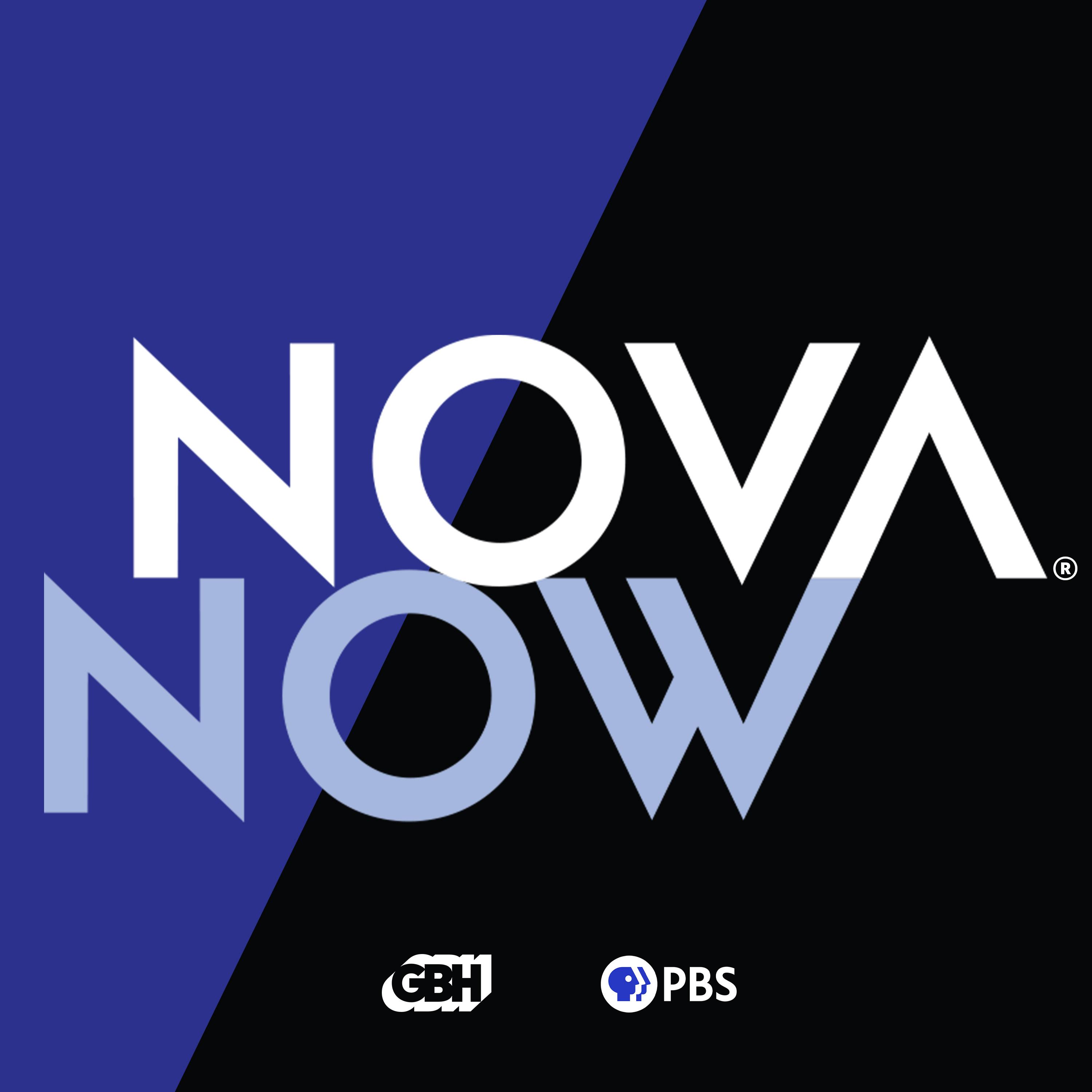
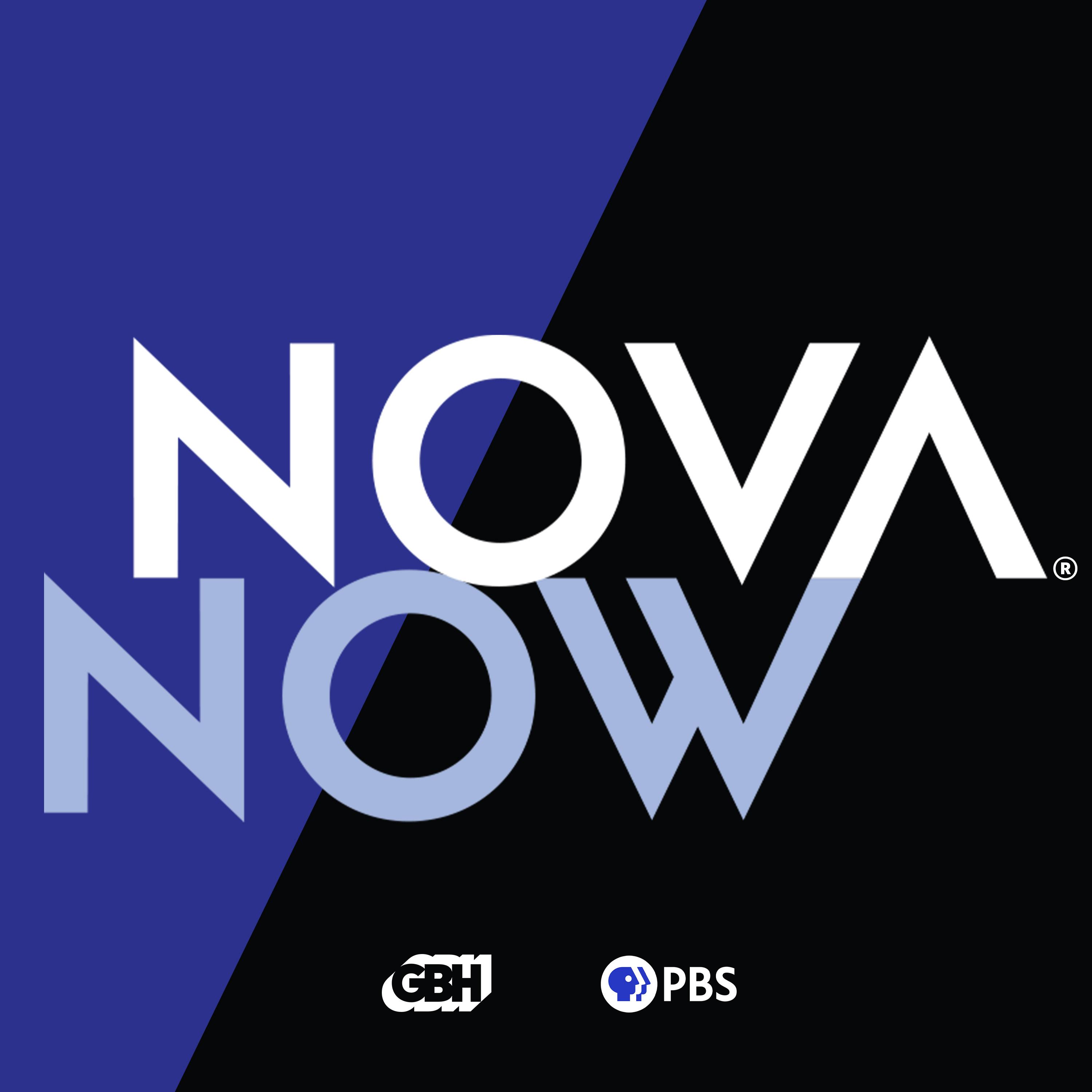
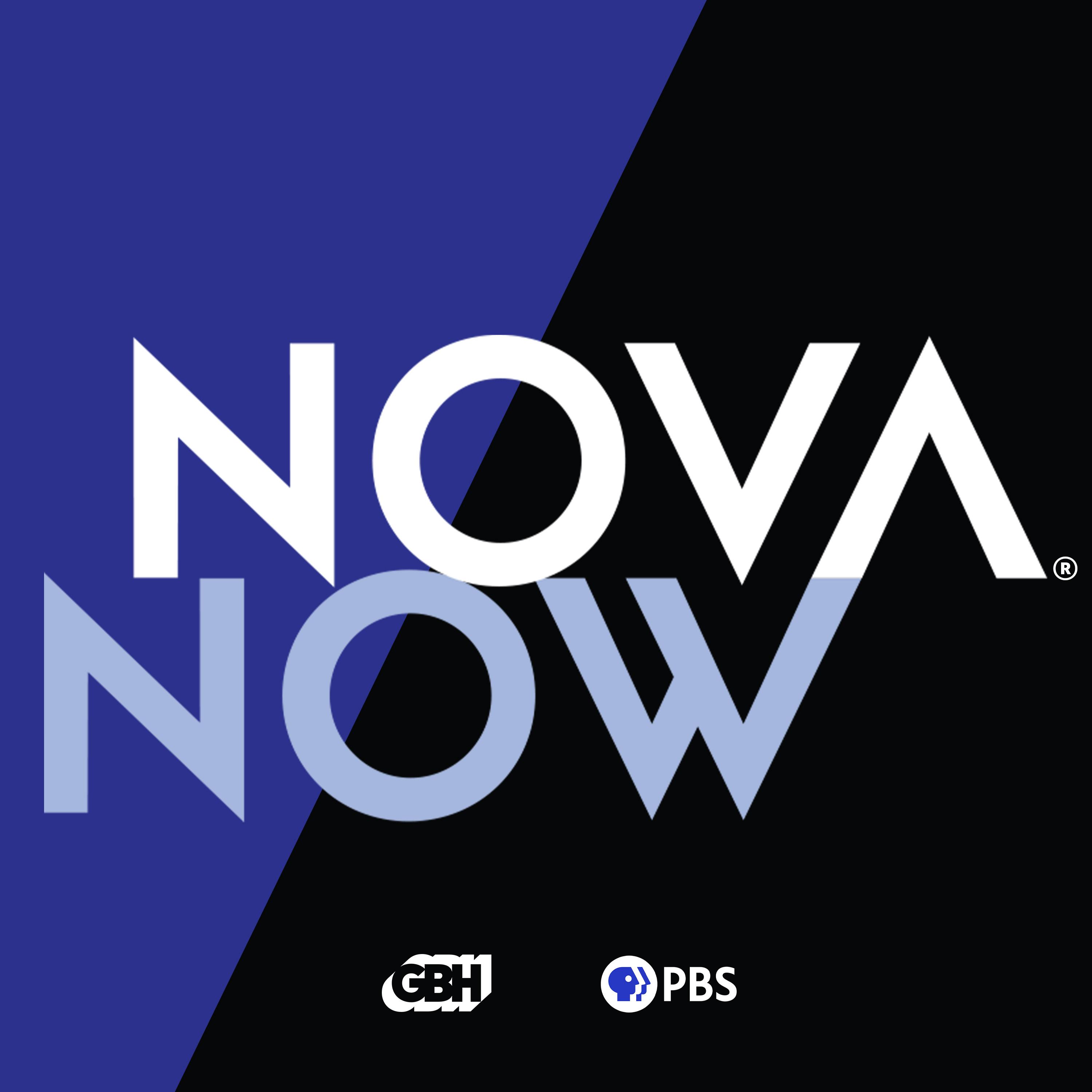

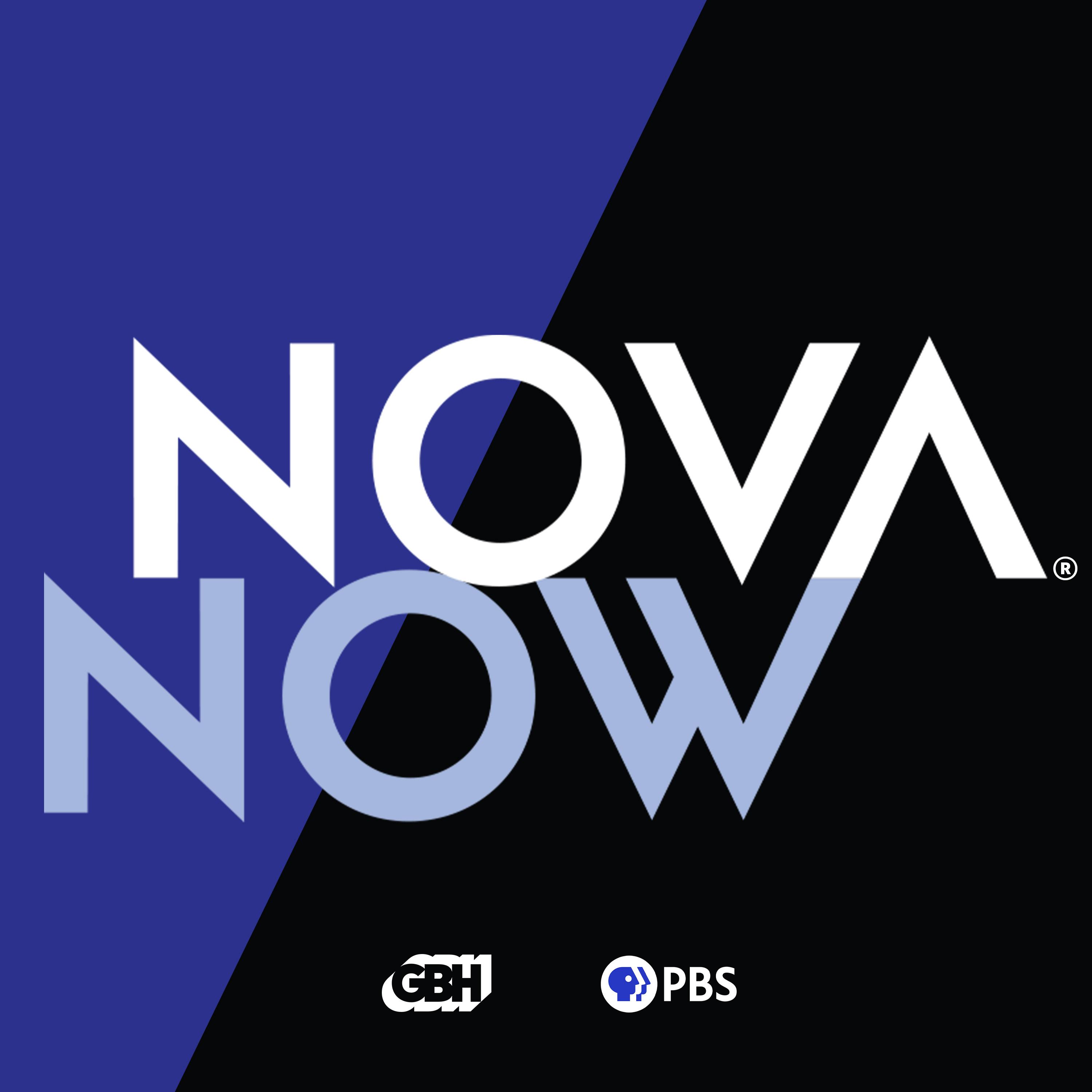
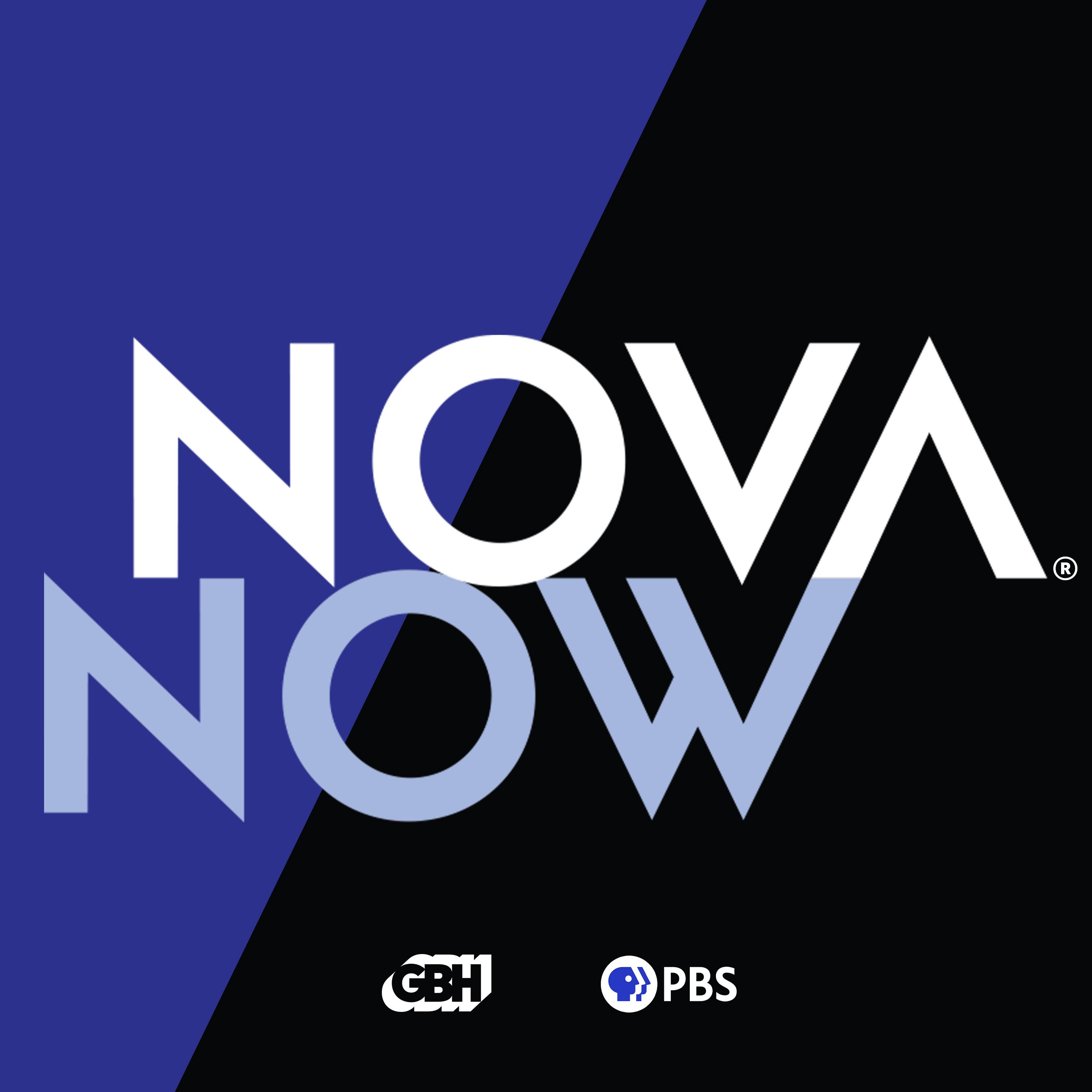
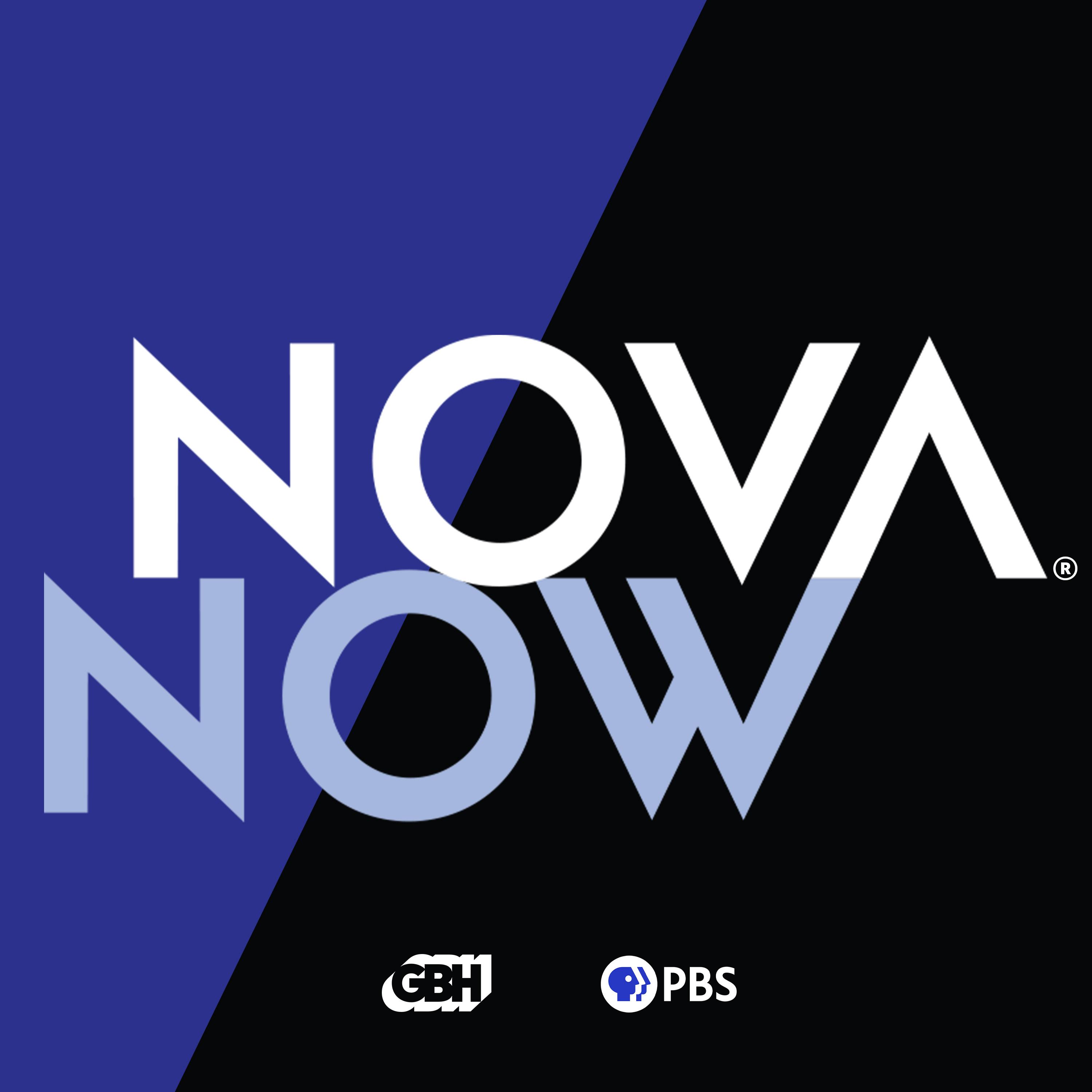
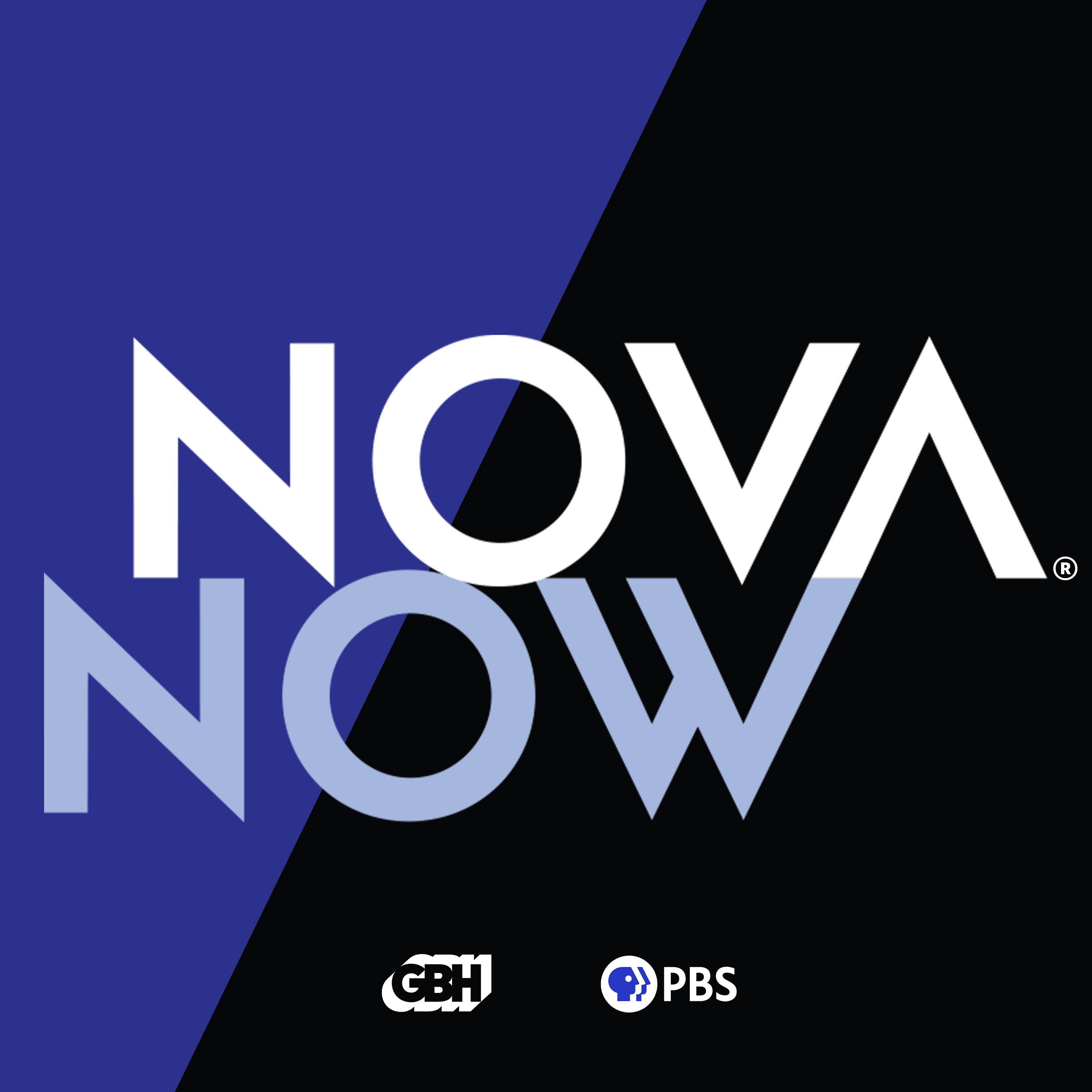
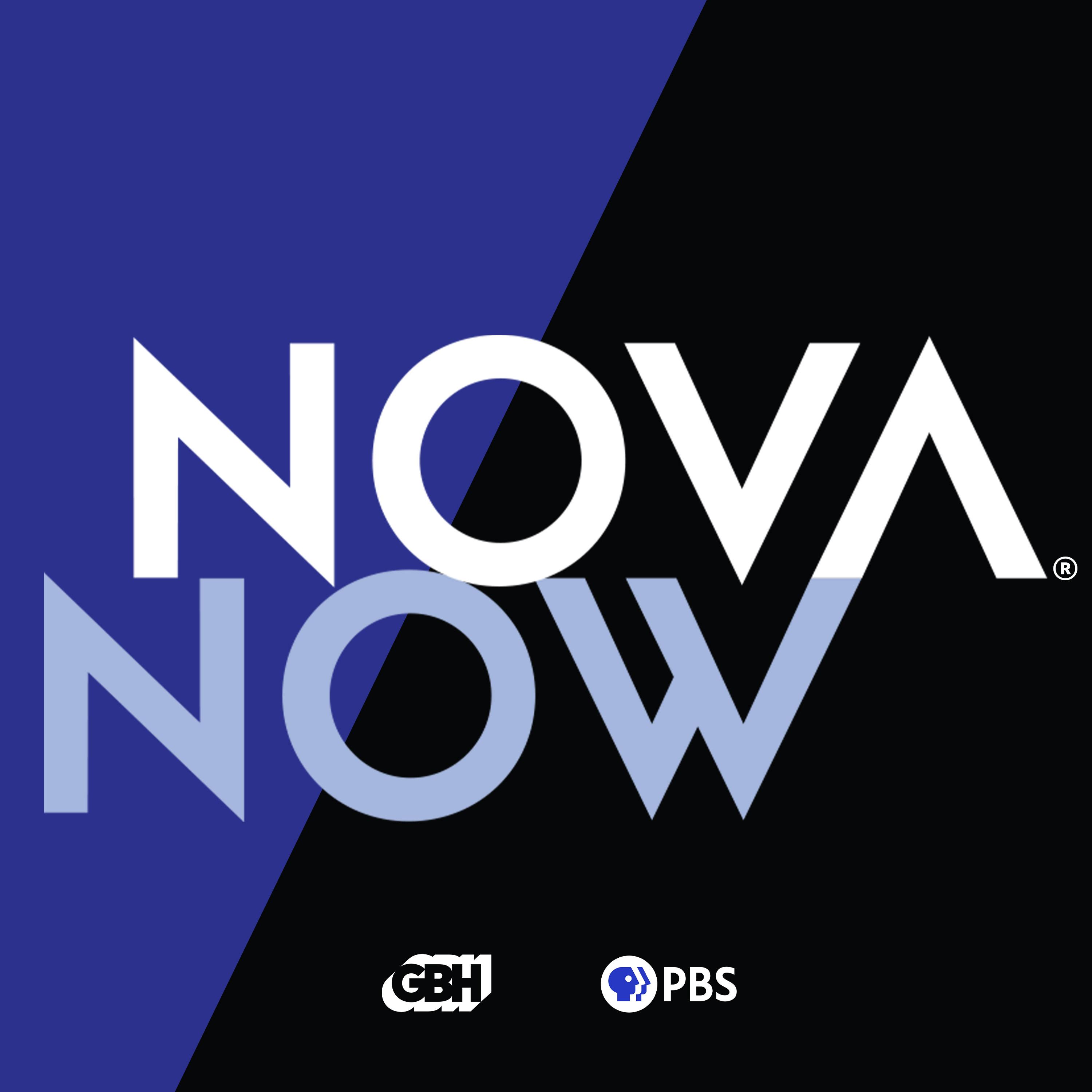
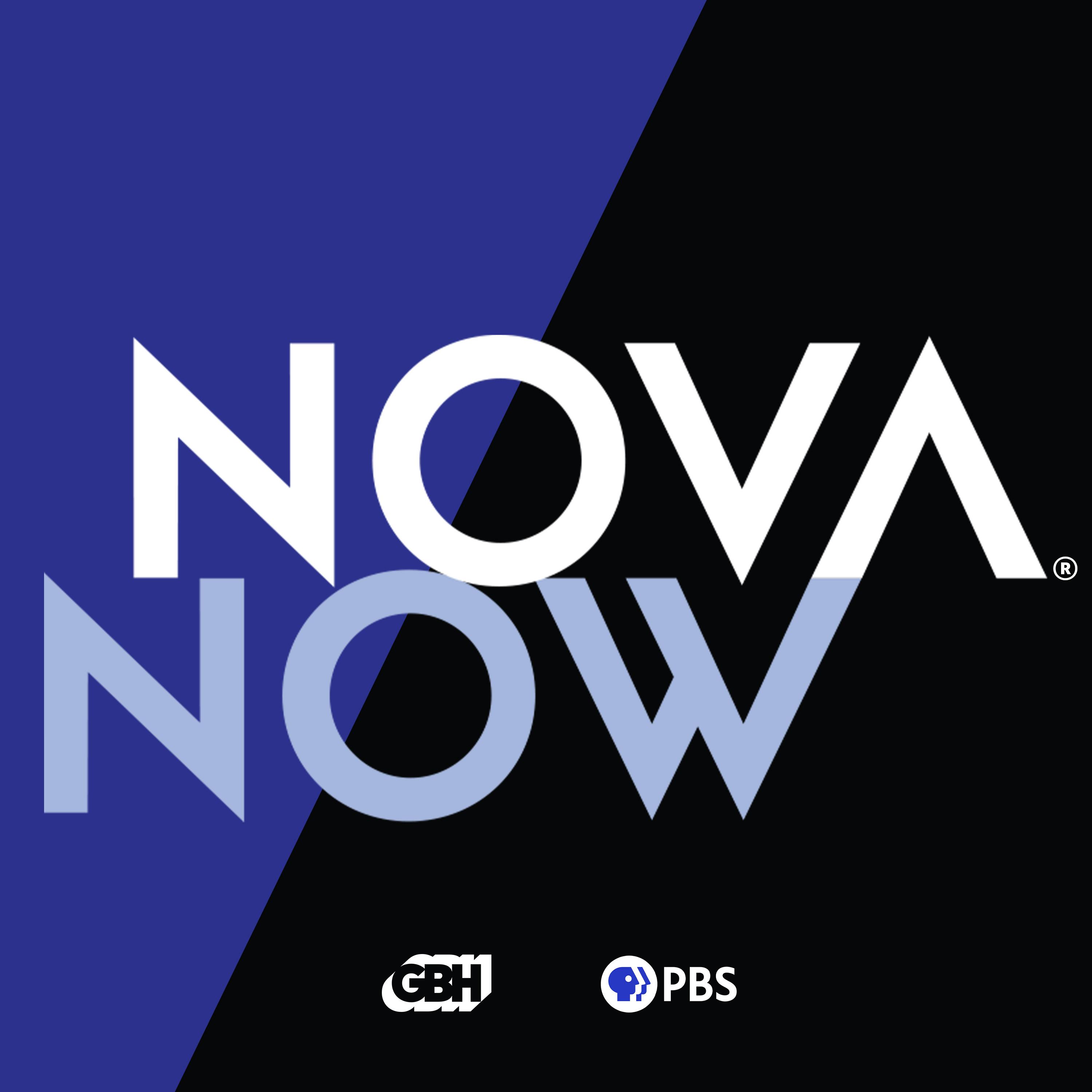
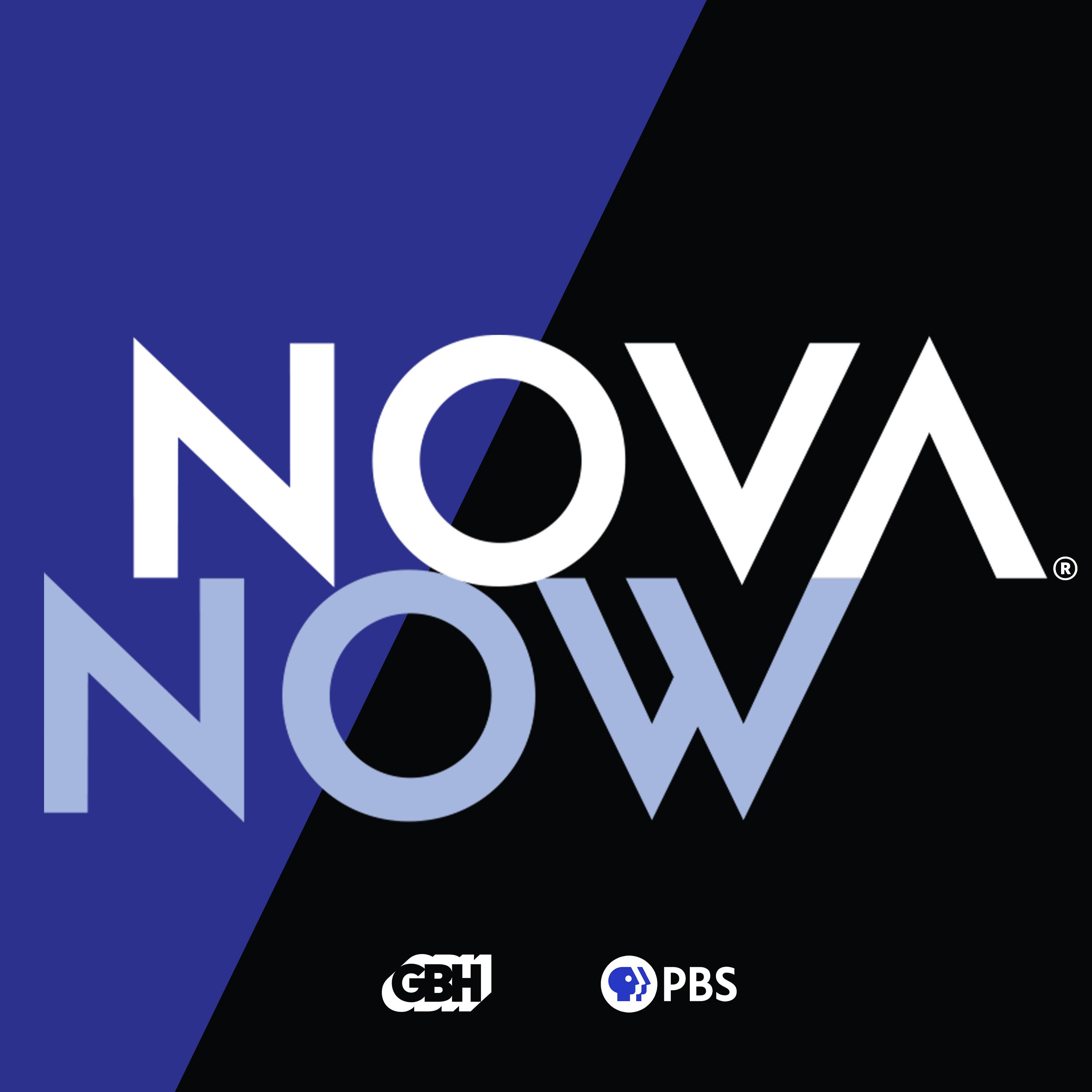
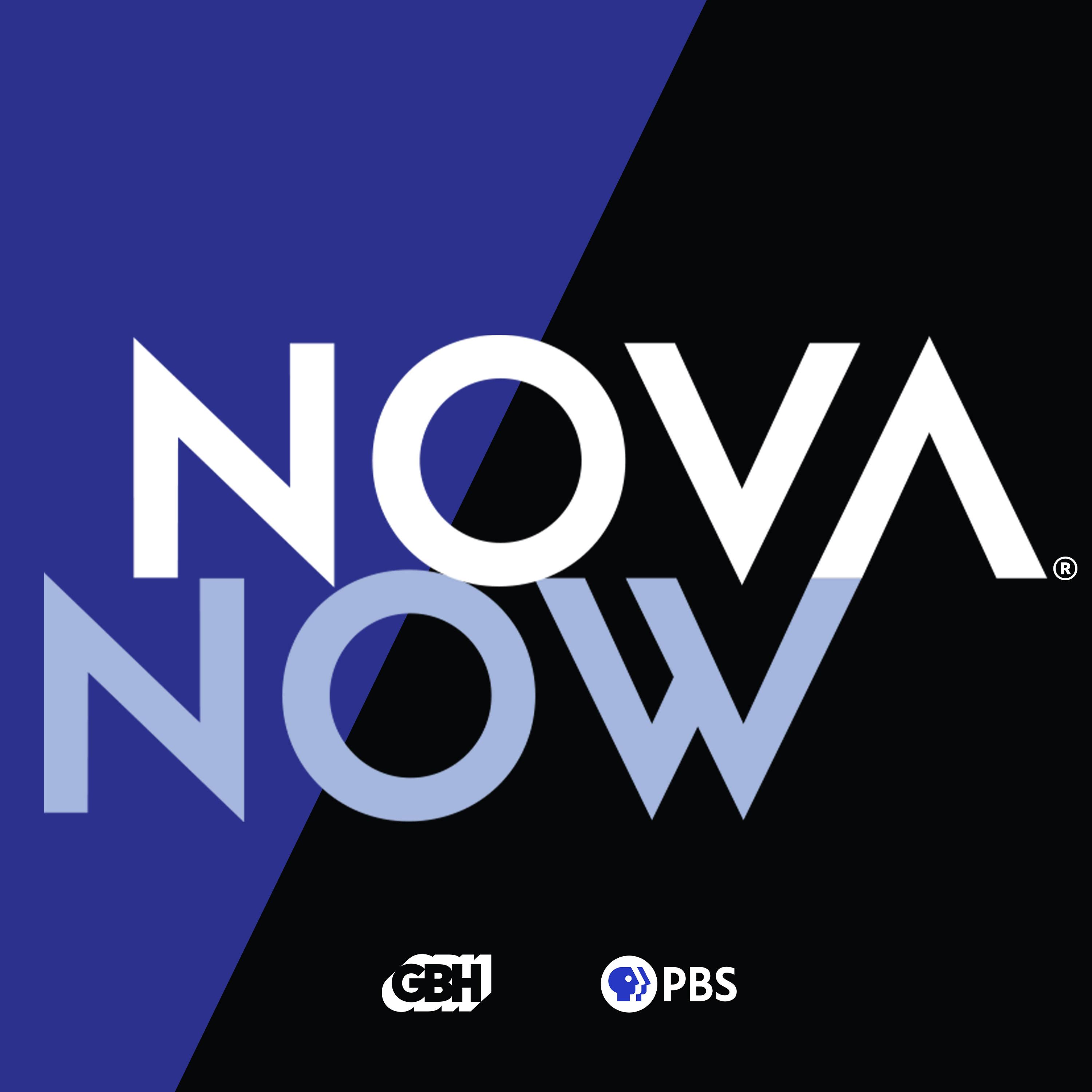
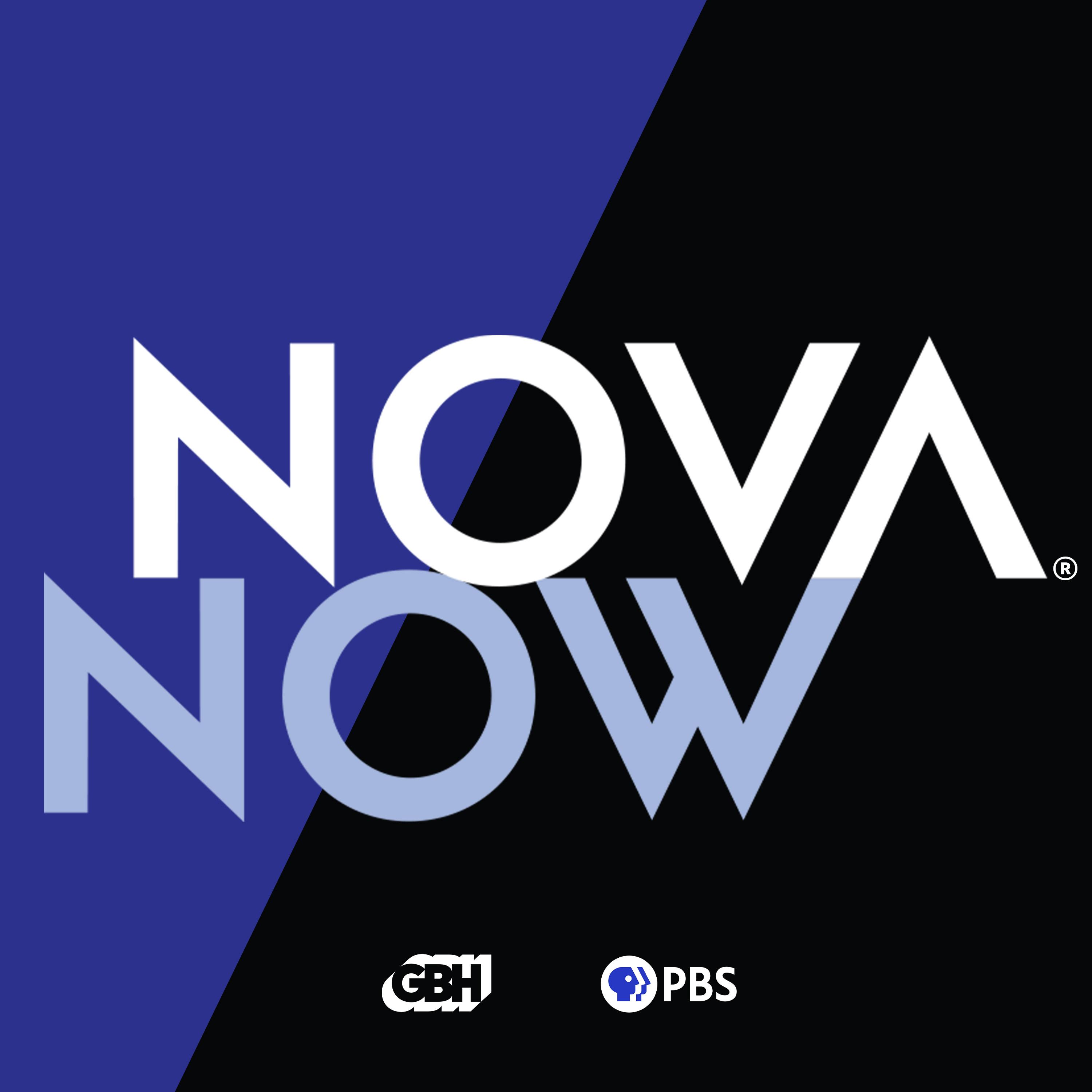
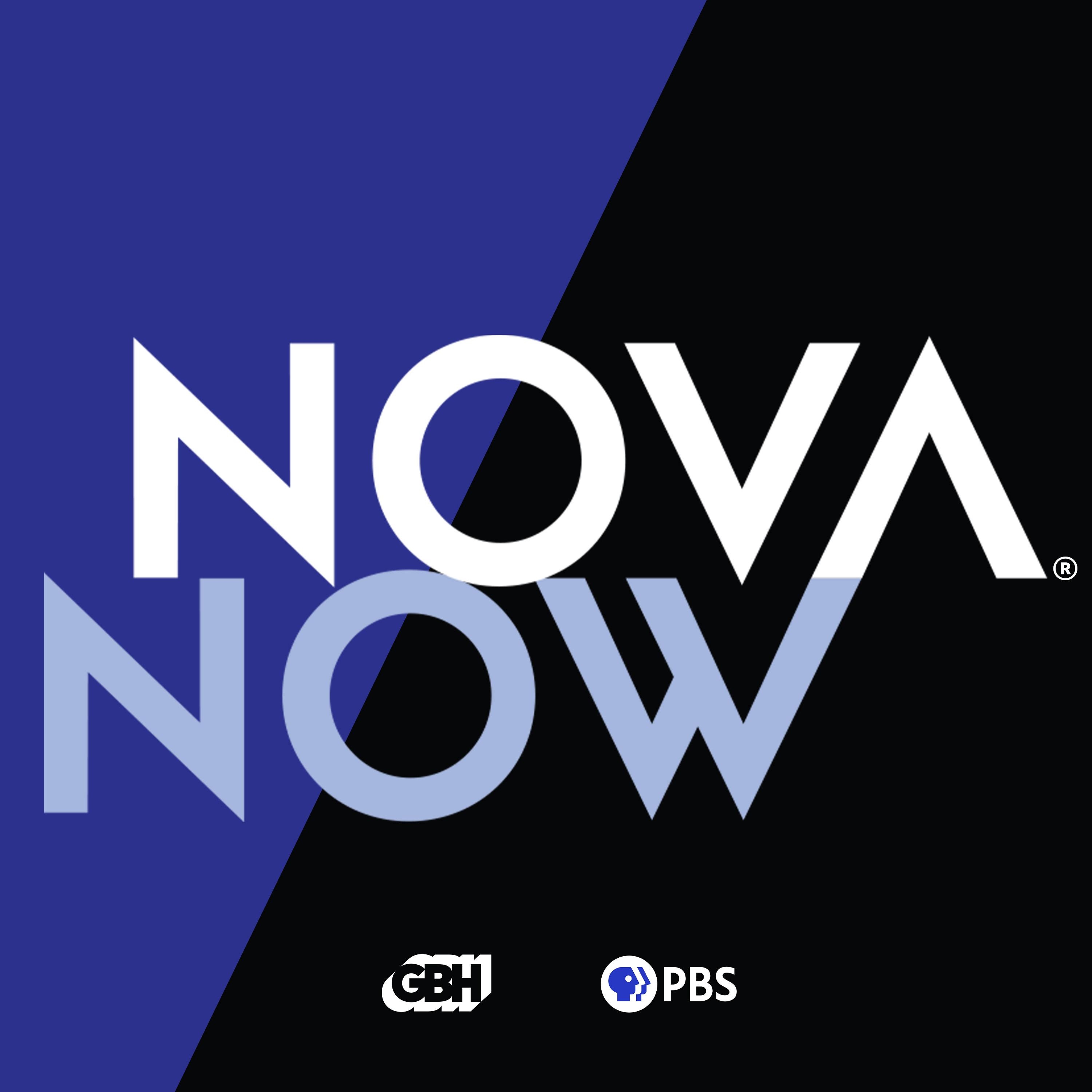
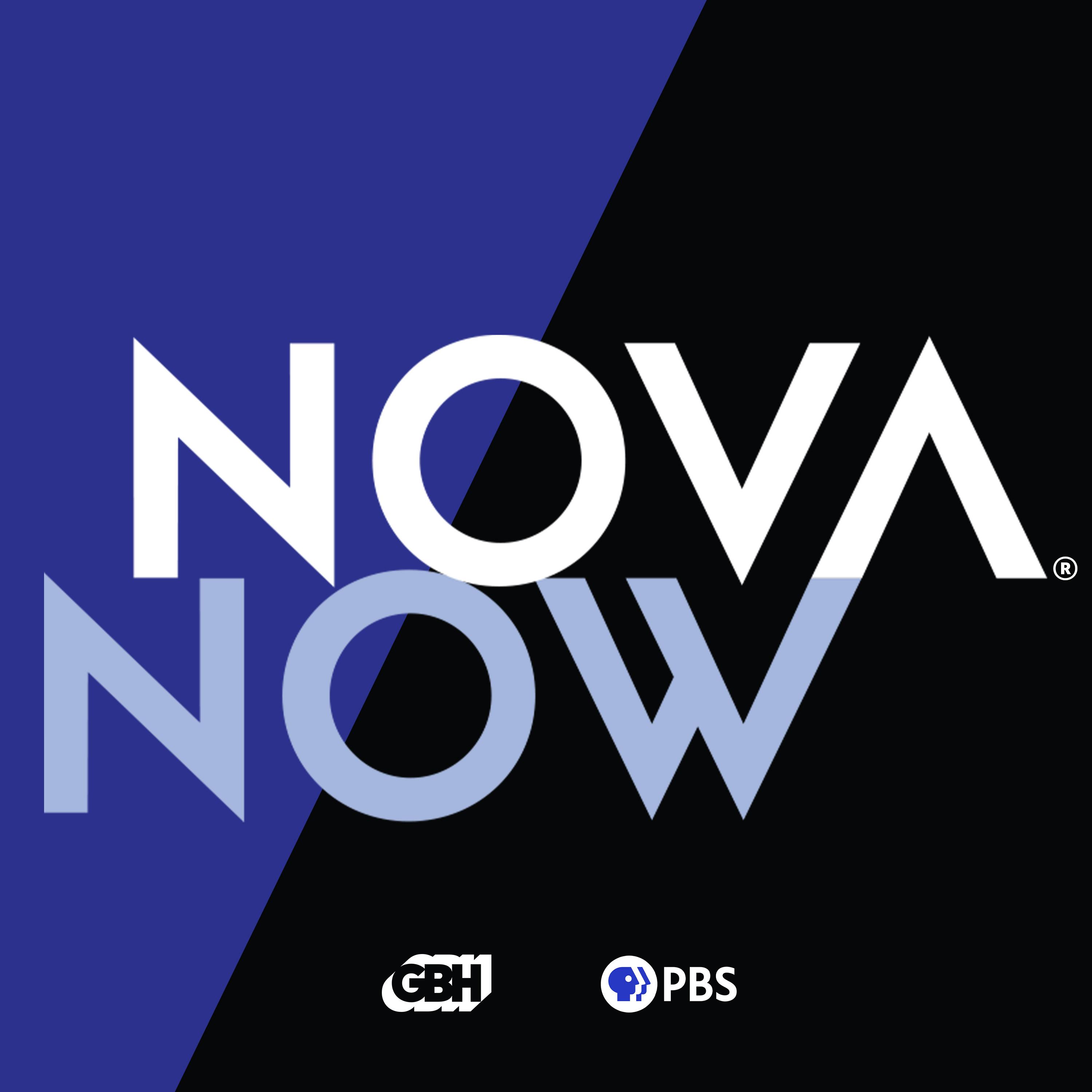
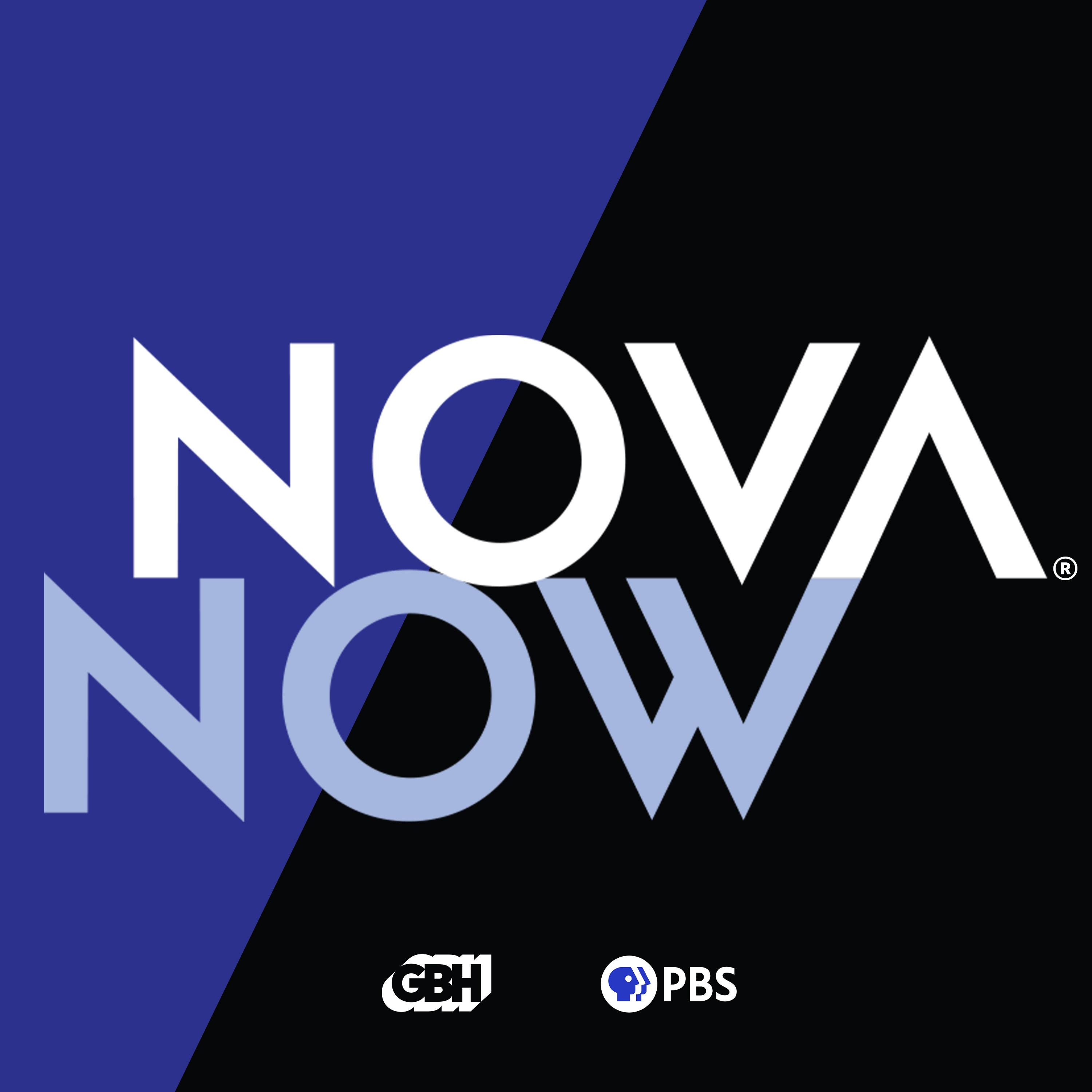
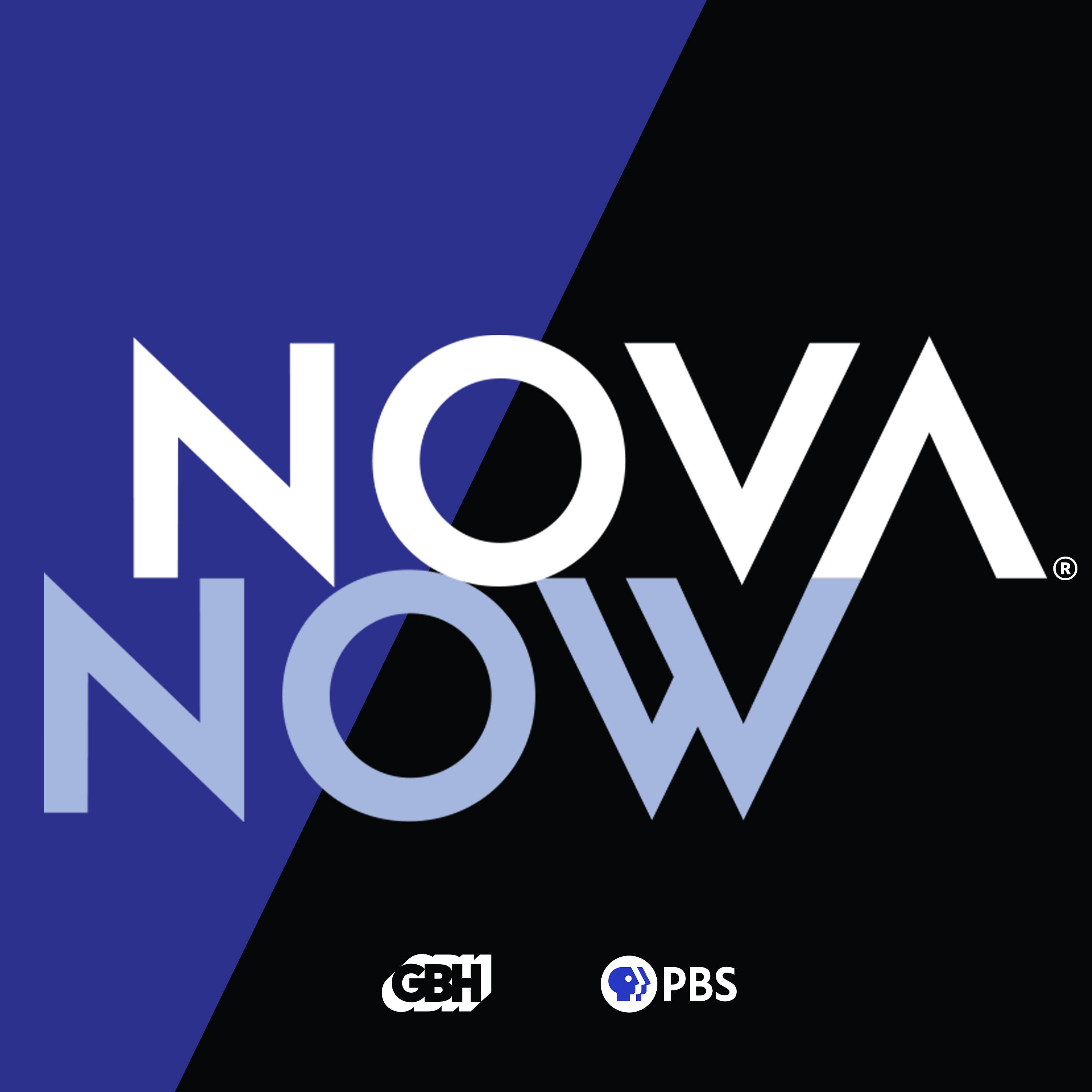
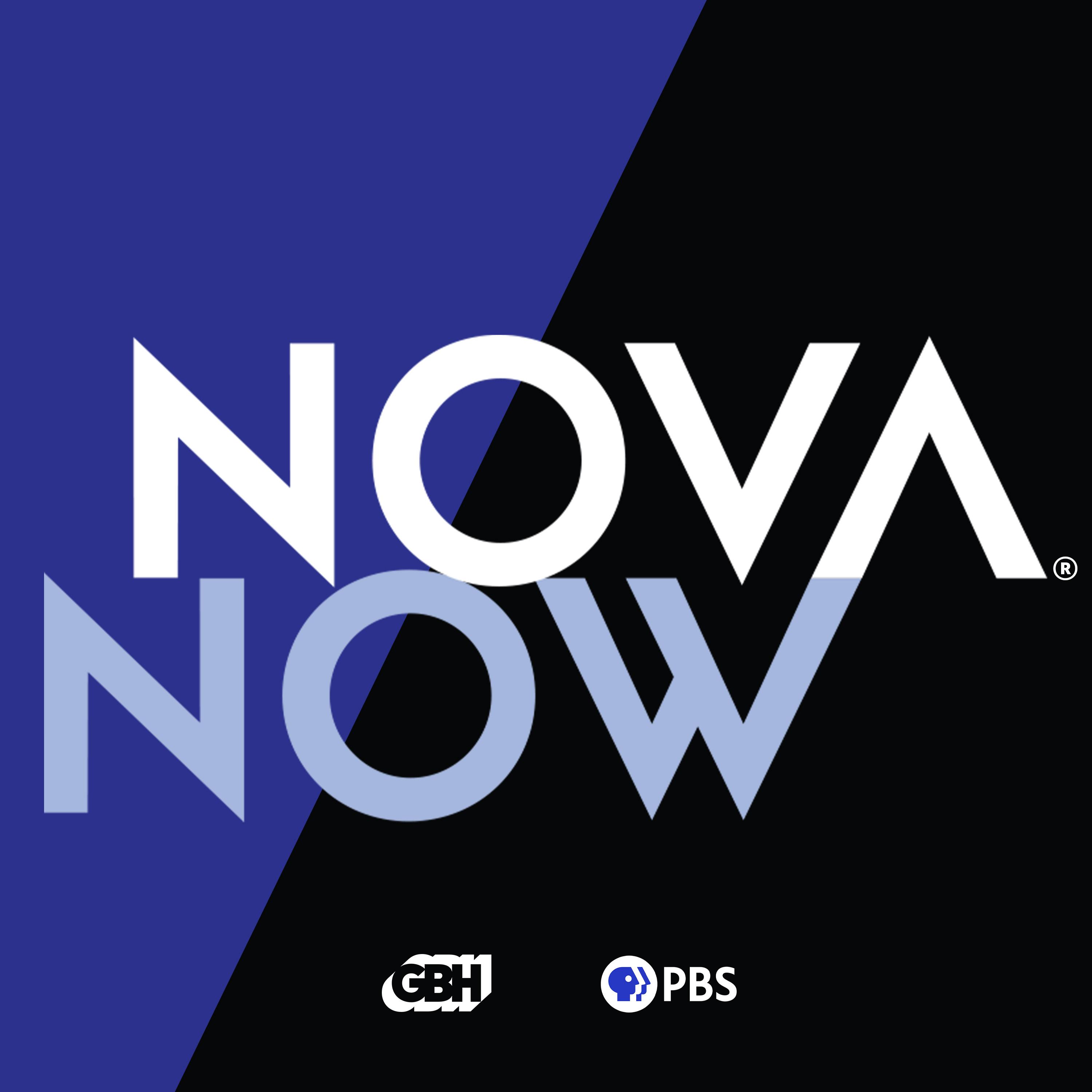
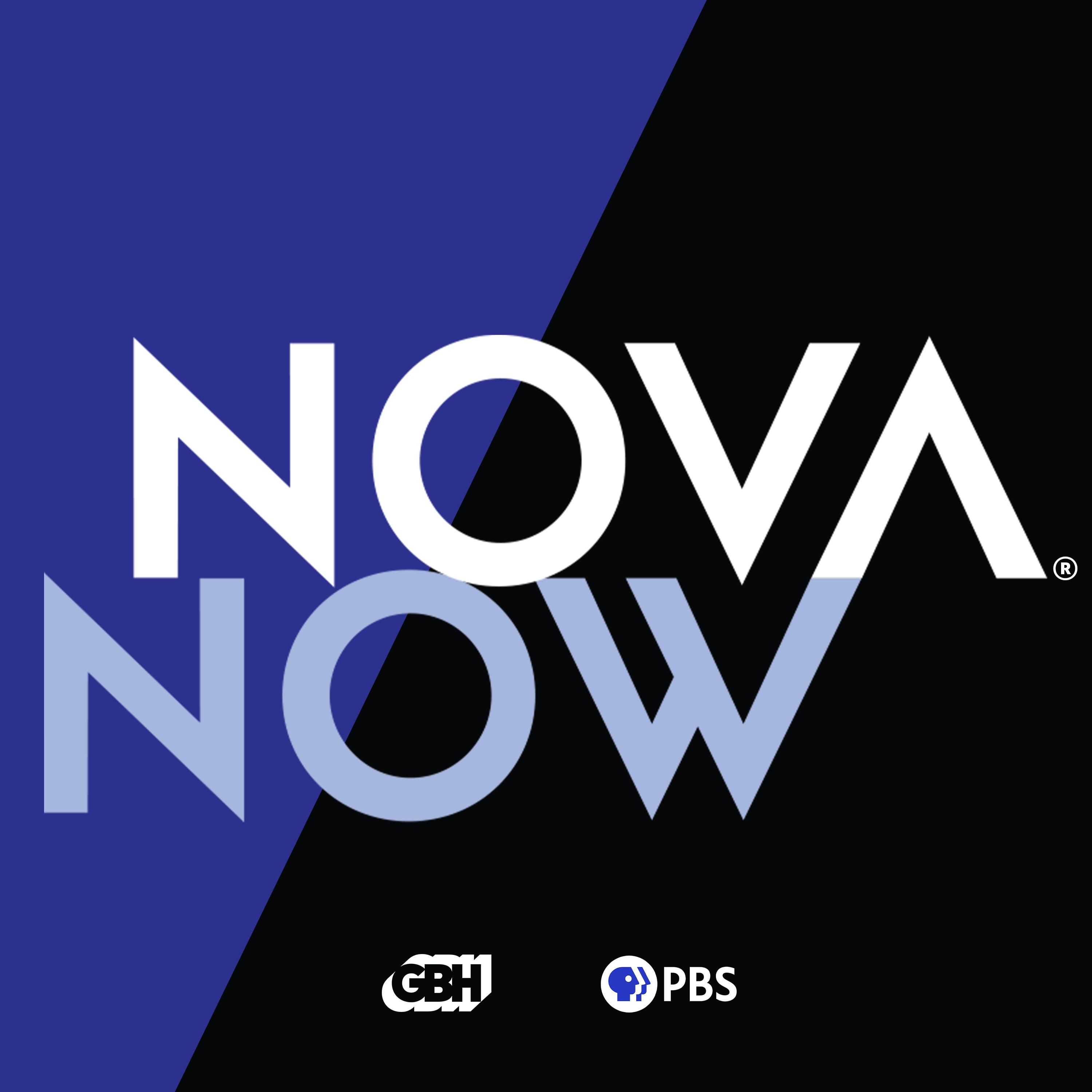
The Big Bang: started from inflation, now we’re here

For tens of thousands of years, humans have pondered eternal questions like “How does our world even exist?” and “Where did we come from?” Now, more than ever, scientists are finding answers within the Big Bang theory. About 13.8 billion years ago, in a fraction of a fraction of a second, the universe expanded into being. The event, astronomers believe, was less of an explosion than a transformation of energy into matter: As this so-called inflation slowed, it gave way to matter, radiation, and all we know today. But more questions loom.
To learn how scientists came up with the Big Bang theory, Dr. Alok Patel hears from a physicist and a cosmologist about the forces that shaped our early universe and the tools researchers use to peer back in time. And, he learns what scientists’ understanding of the universe’s origins can tell us about its ultimate end.